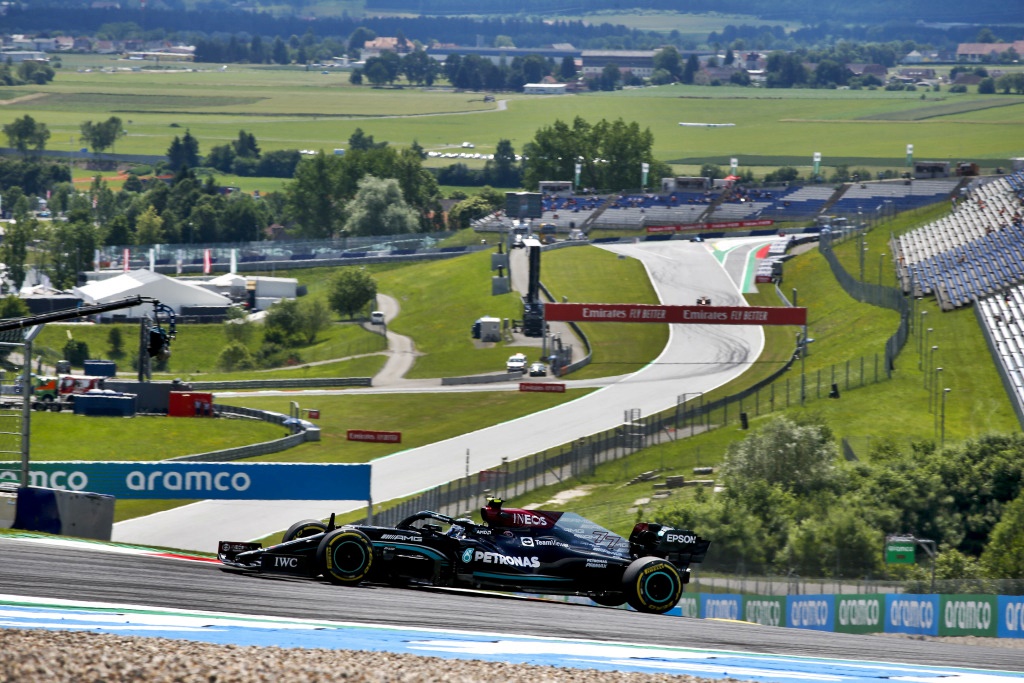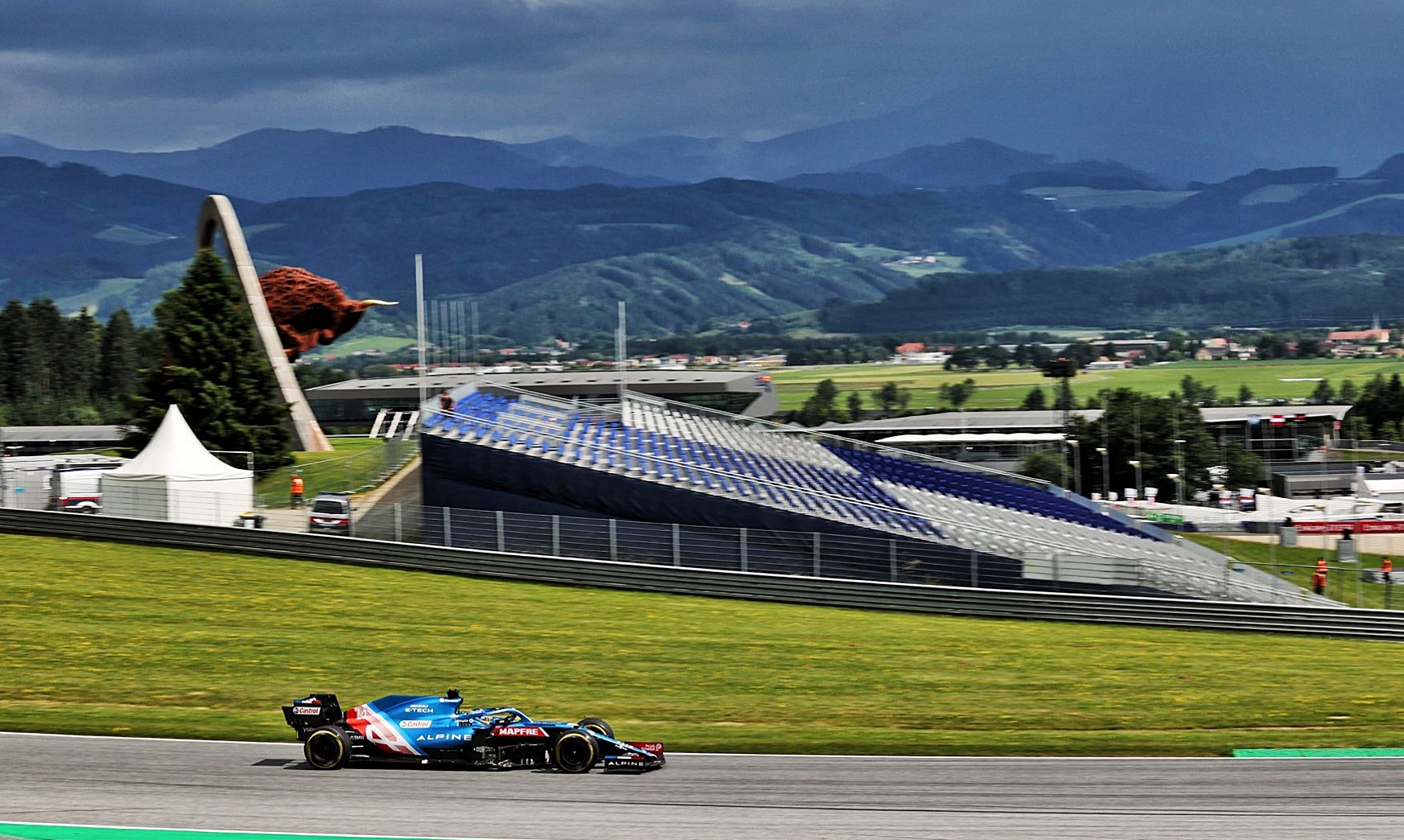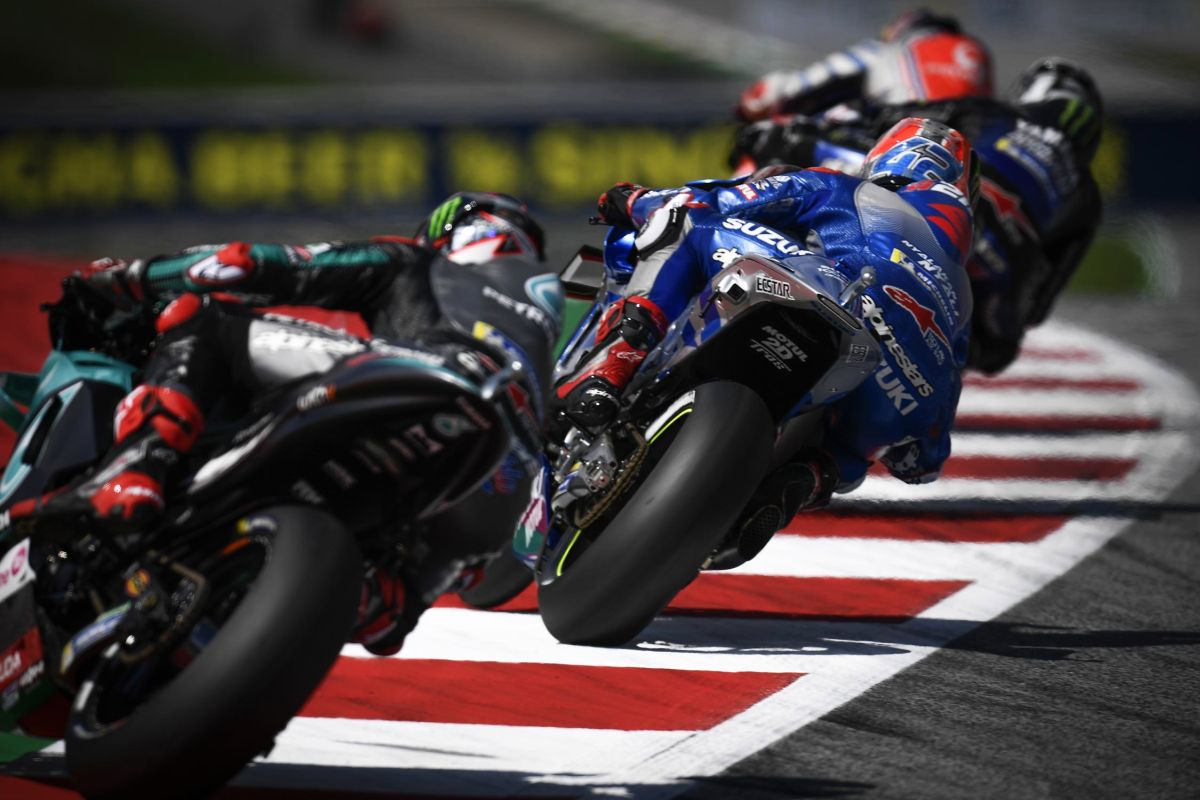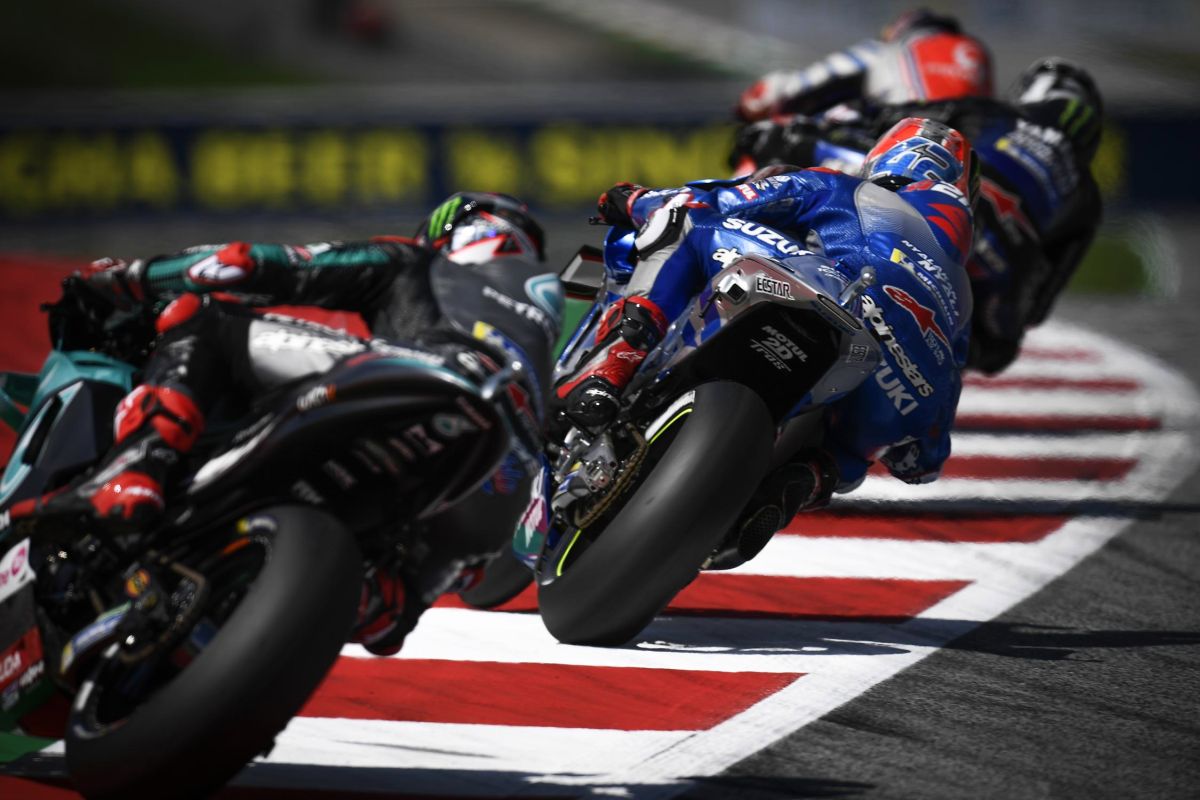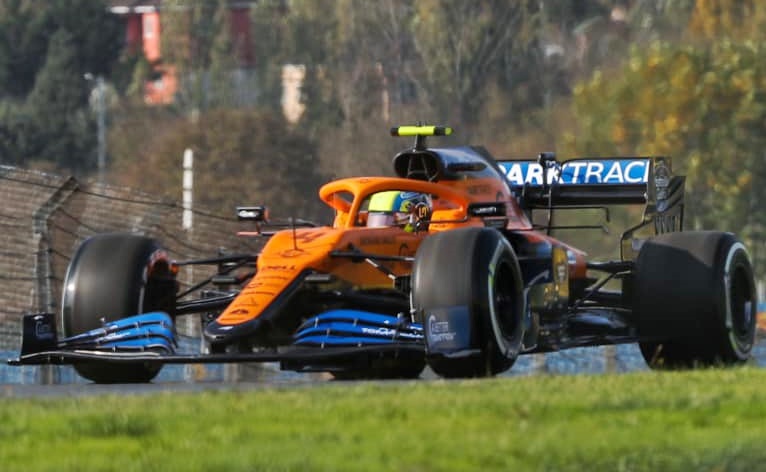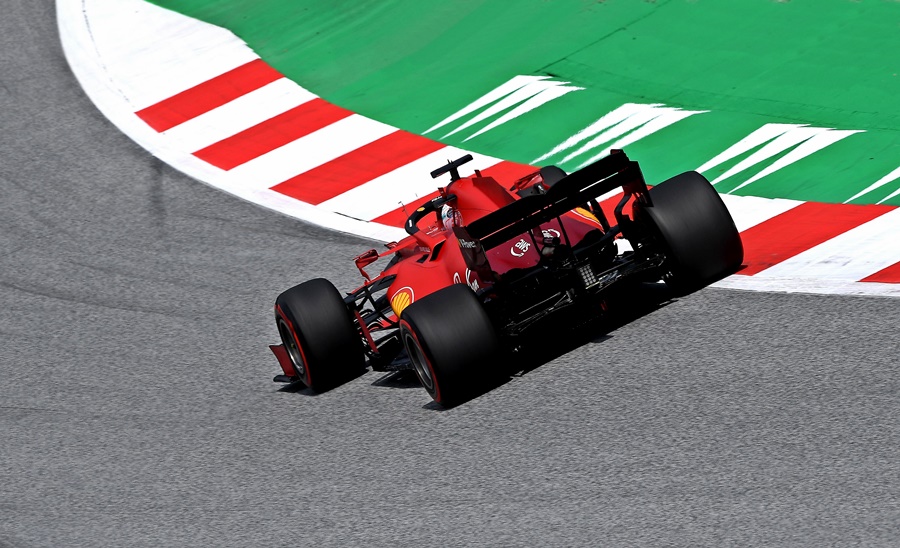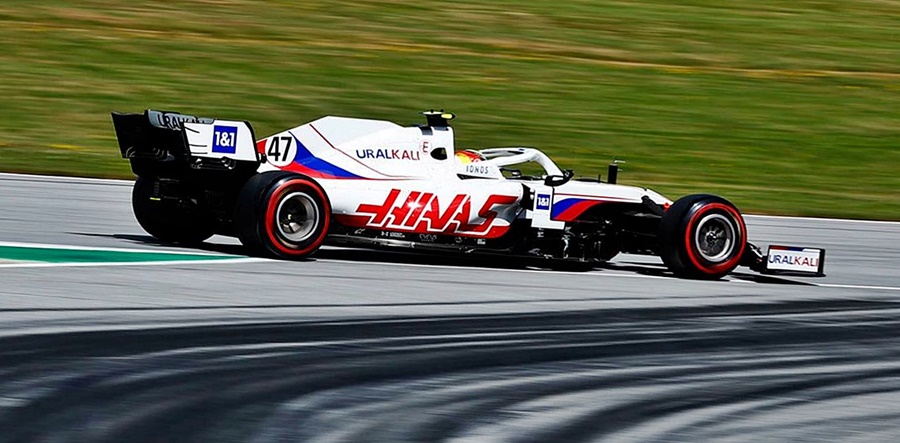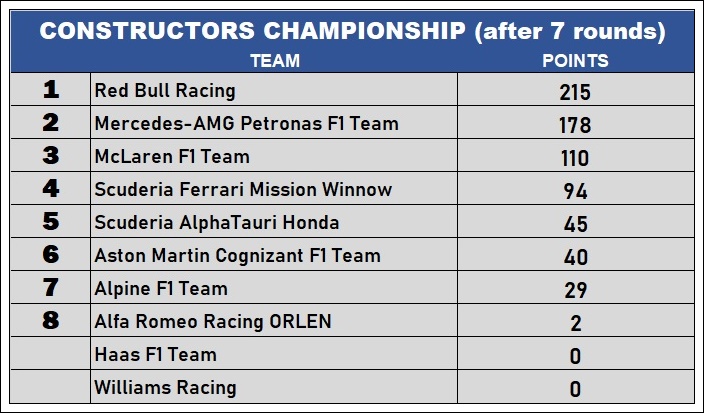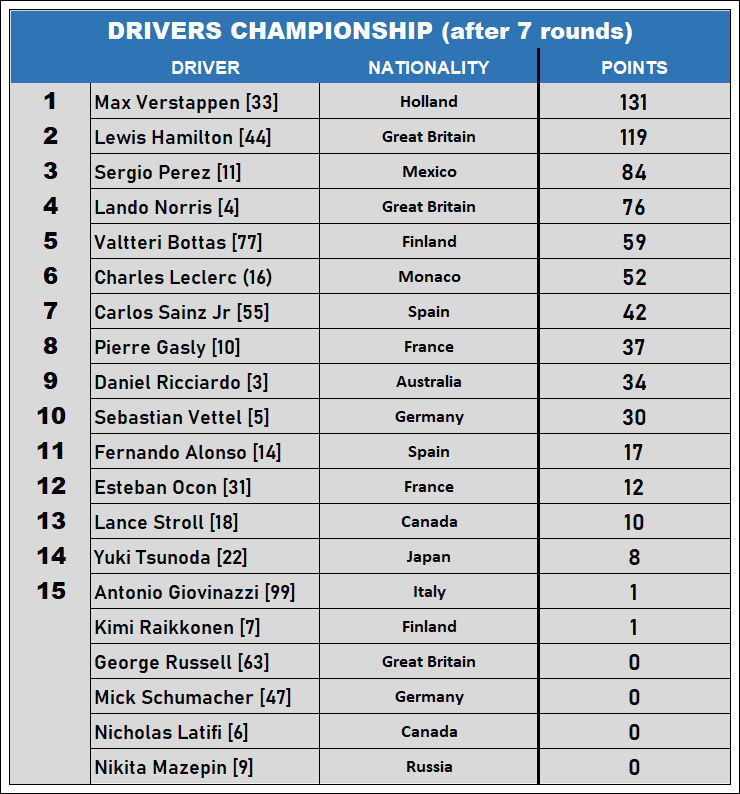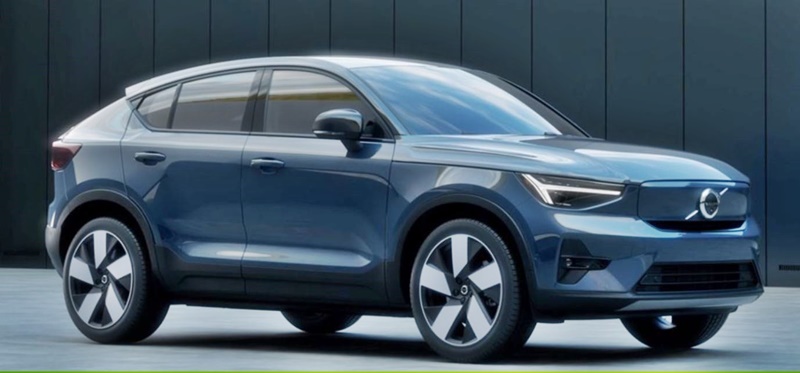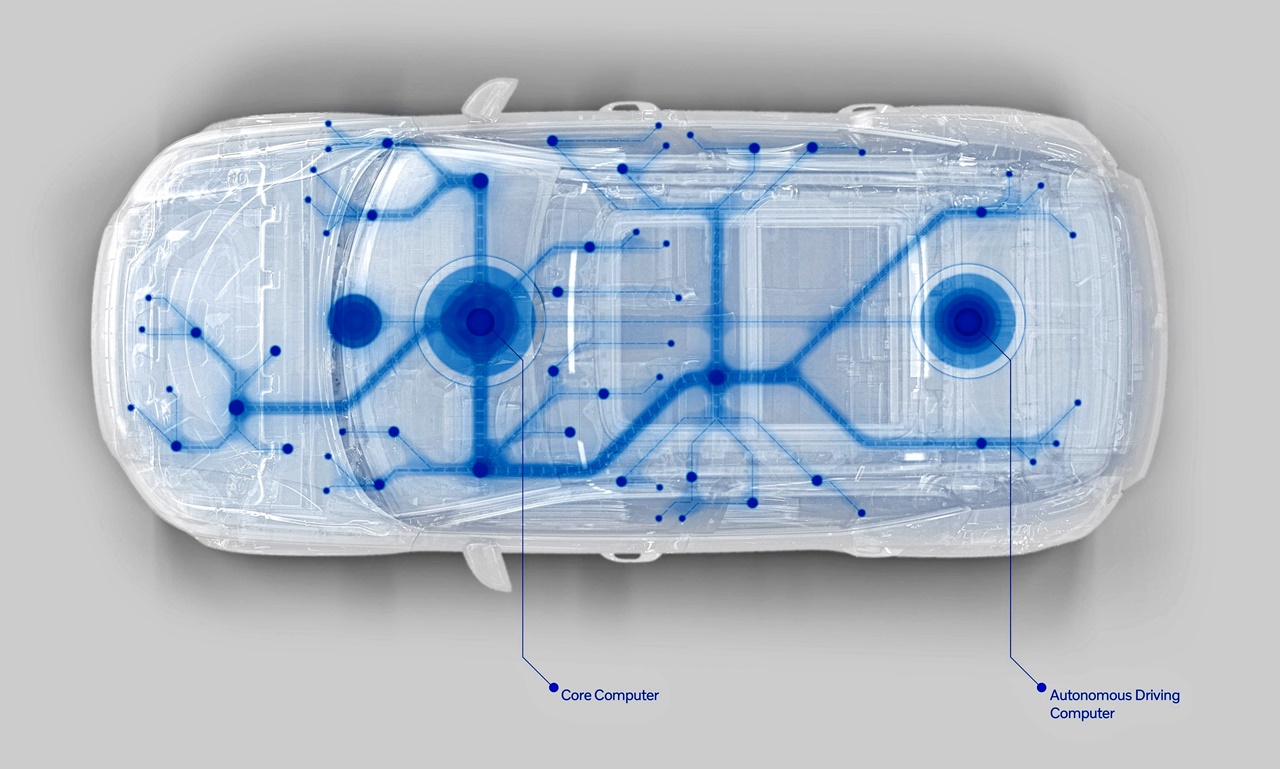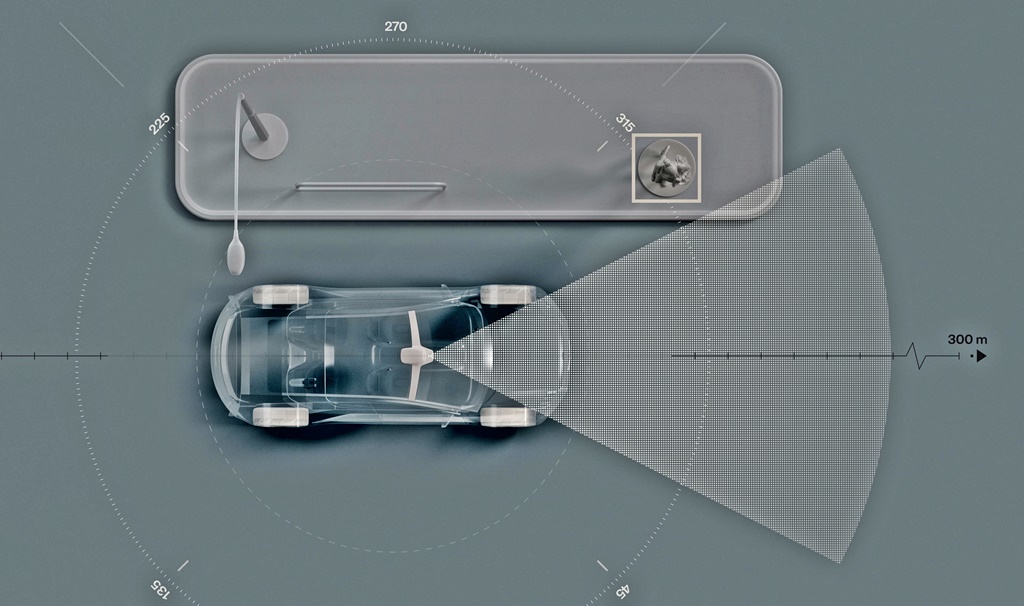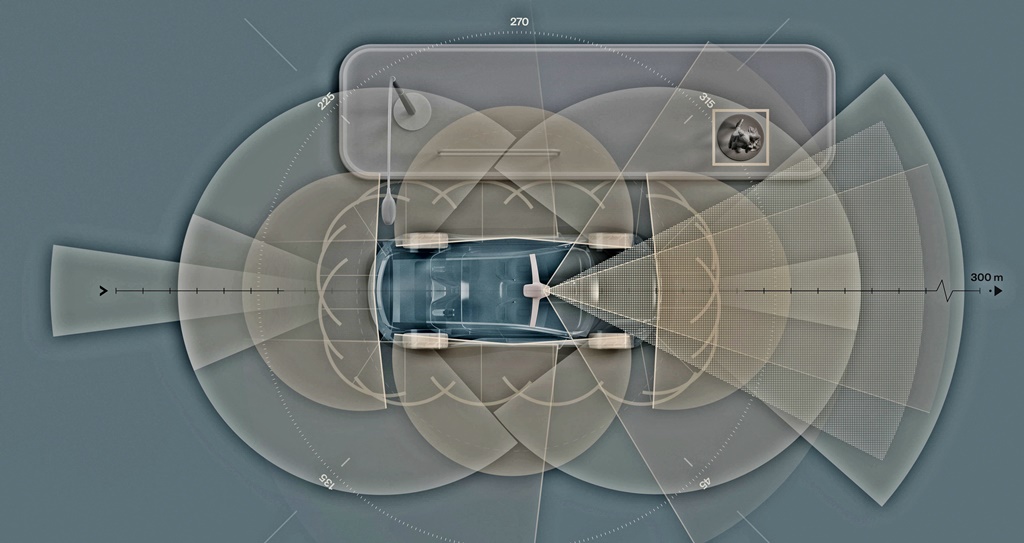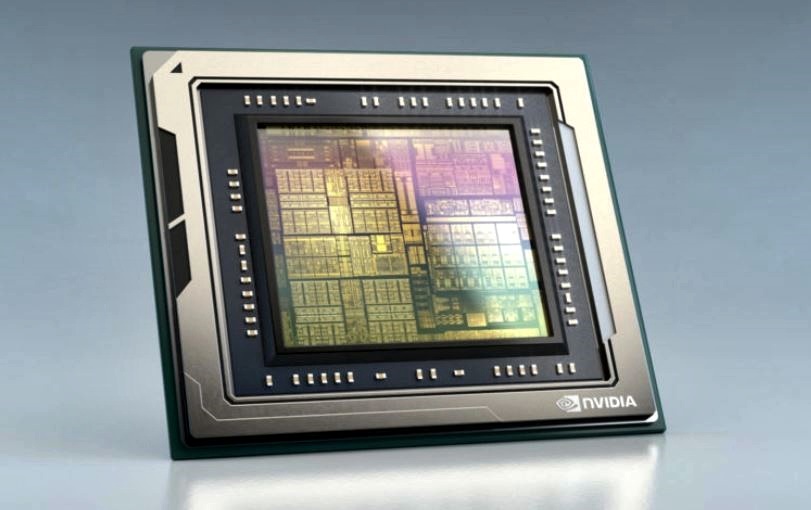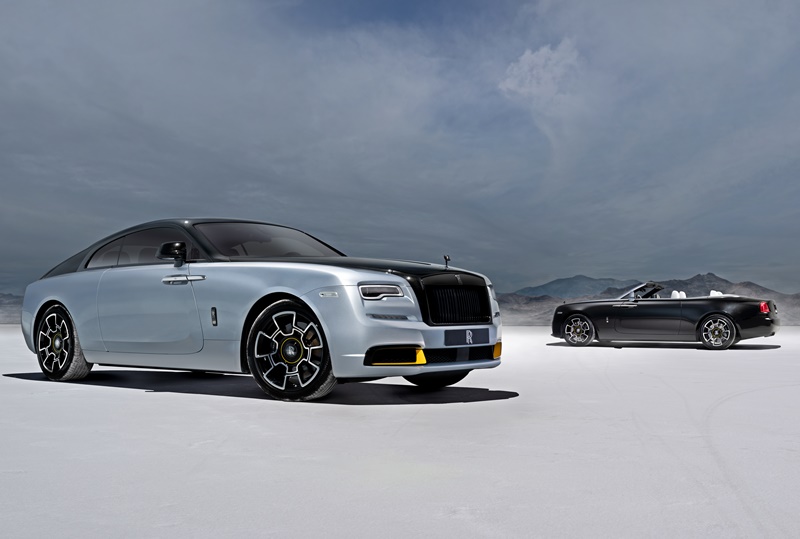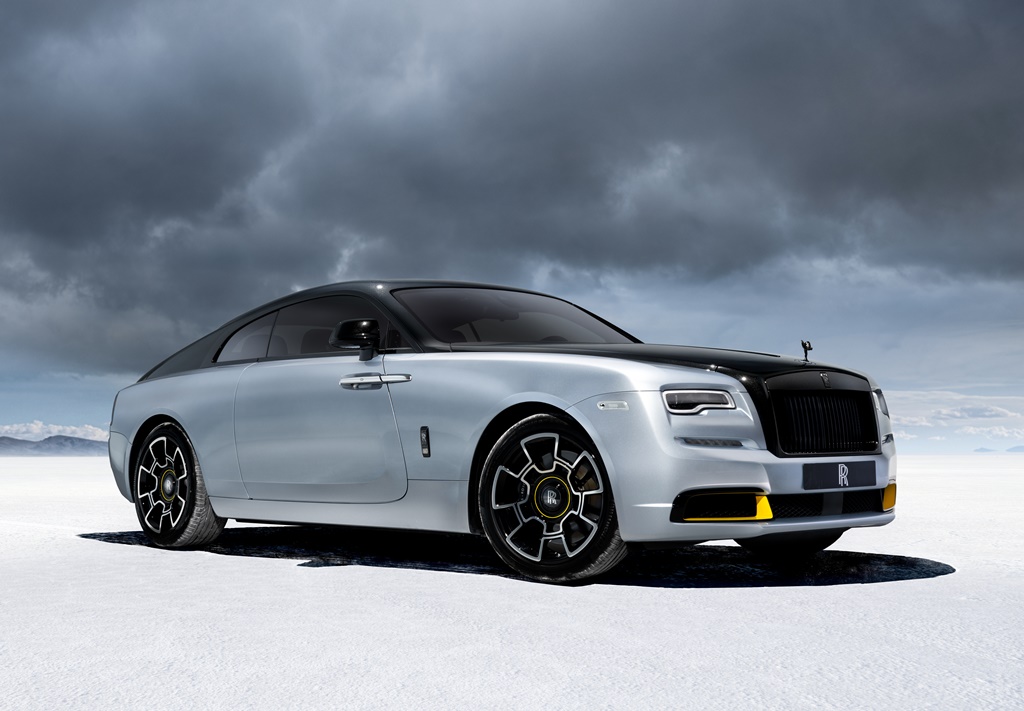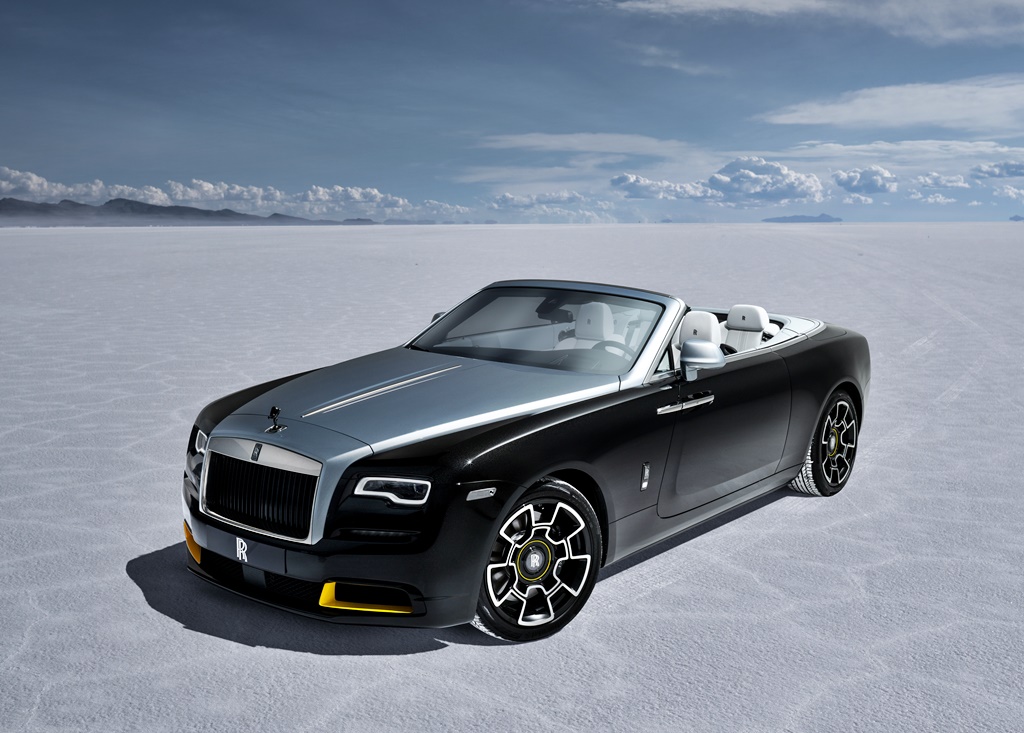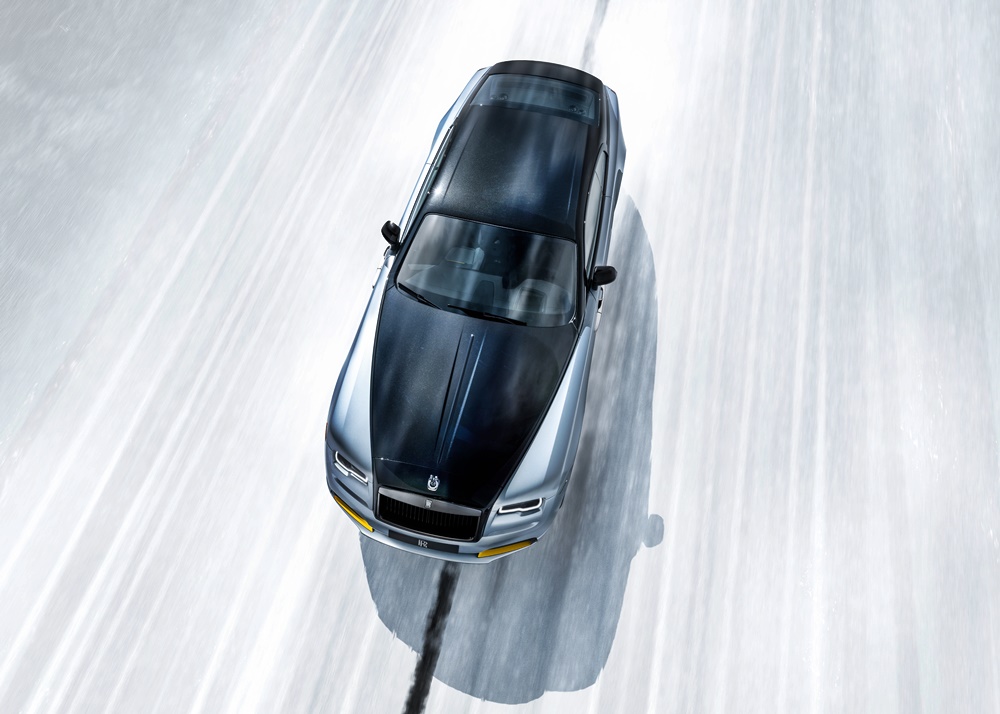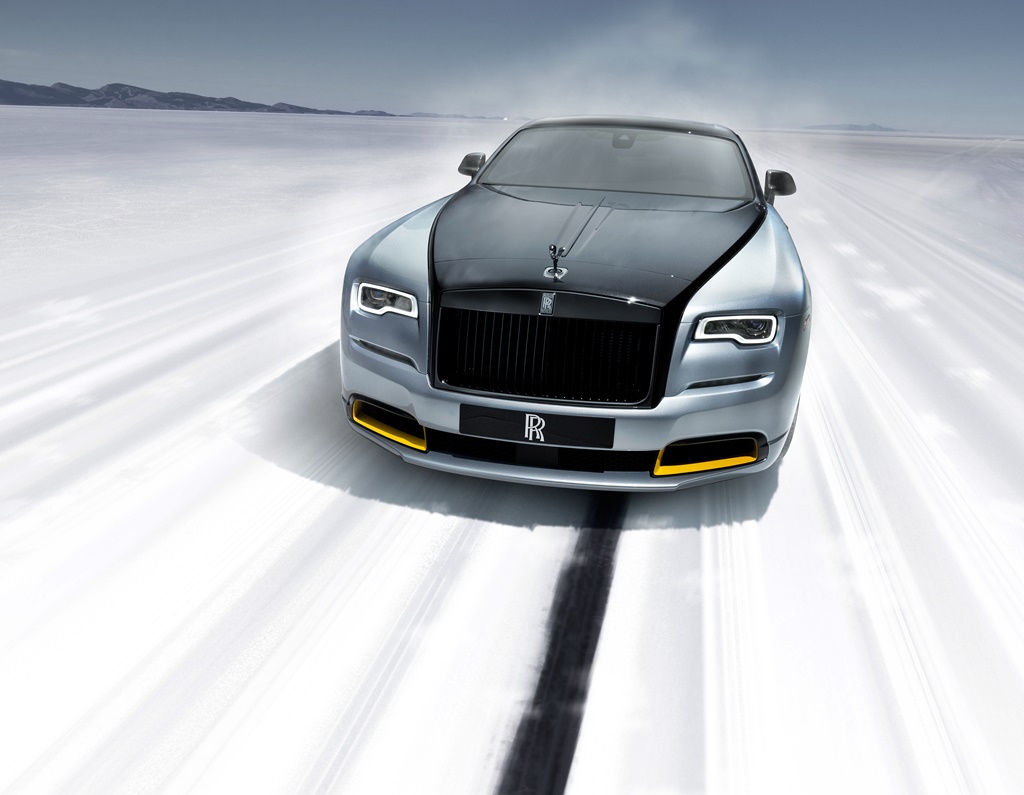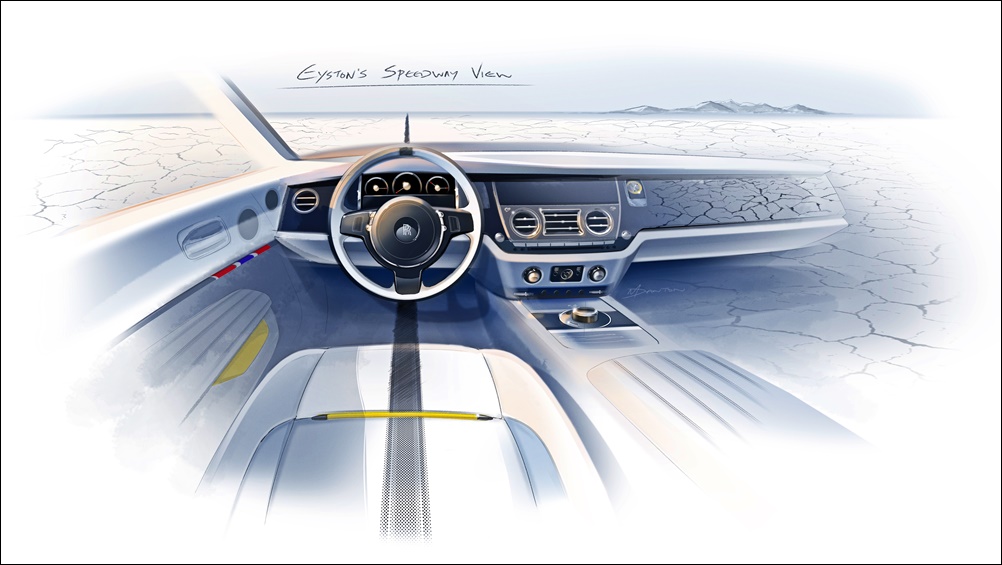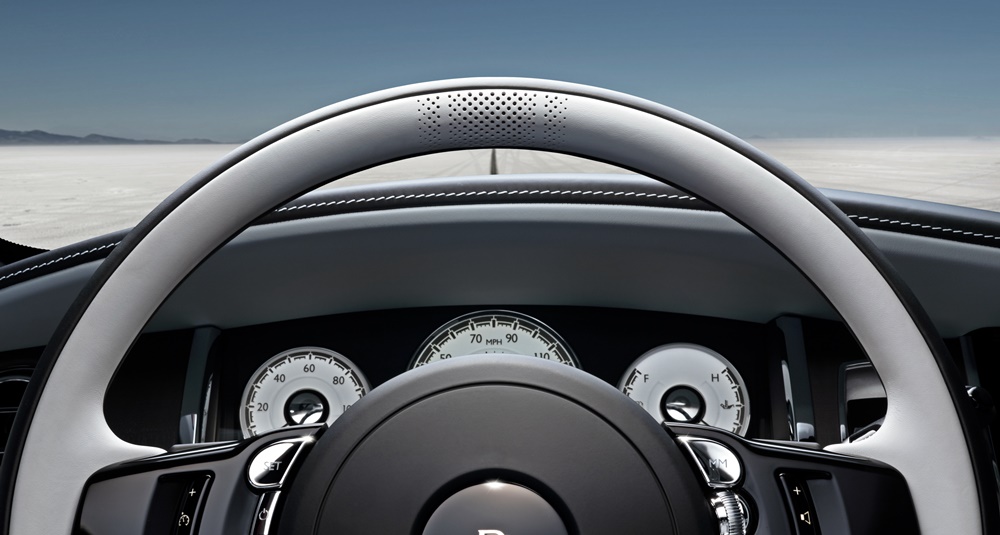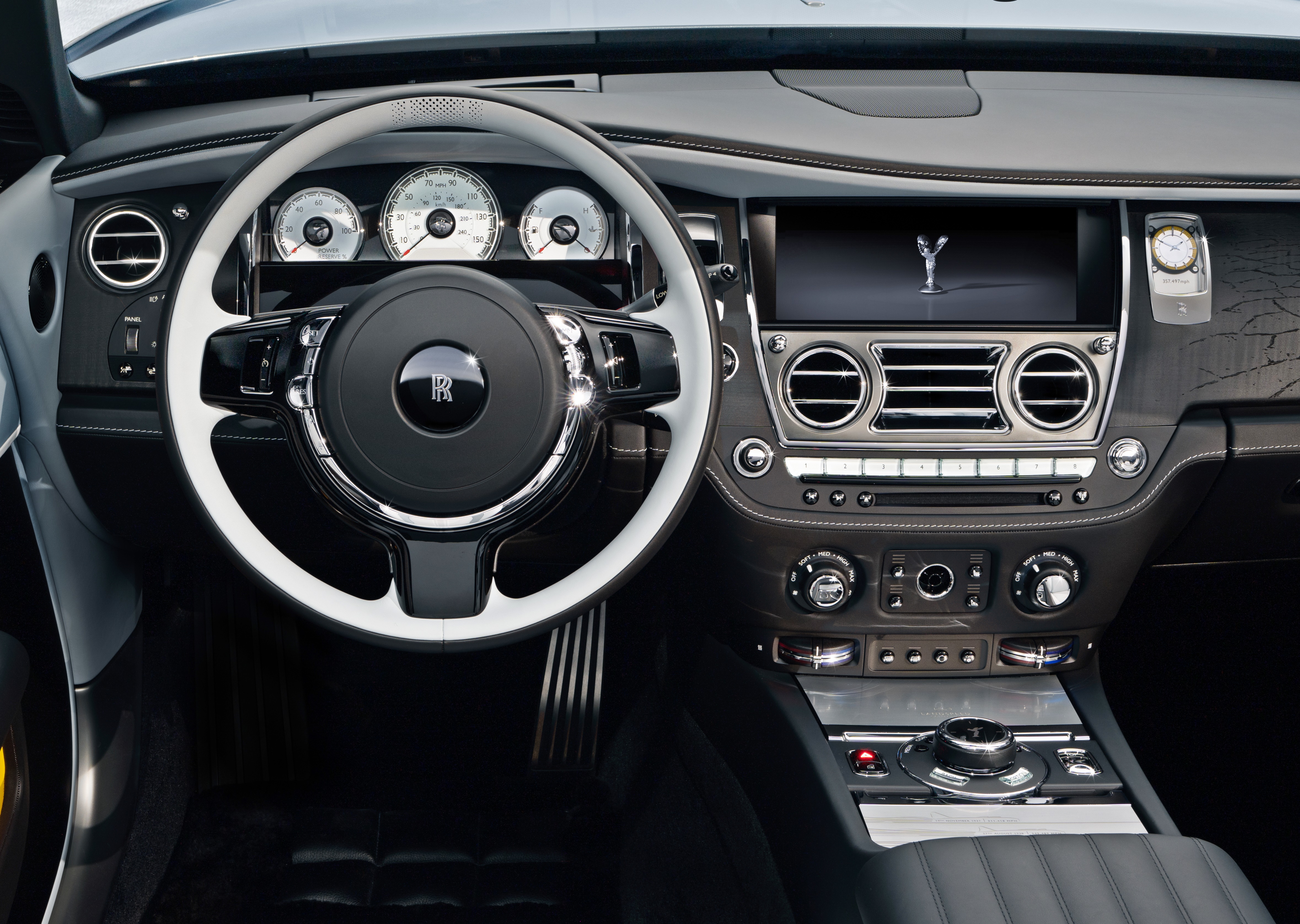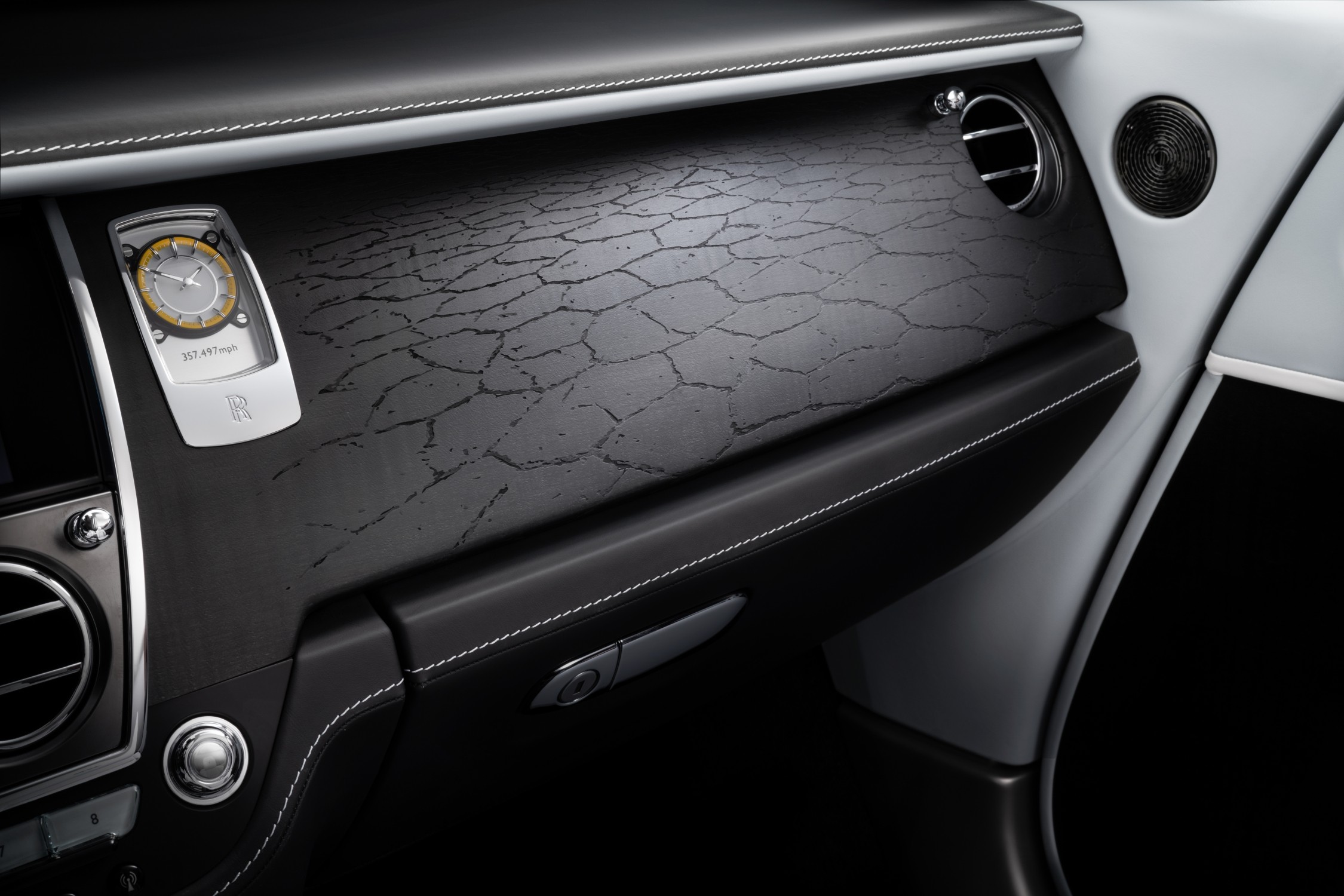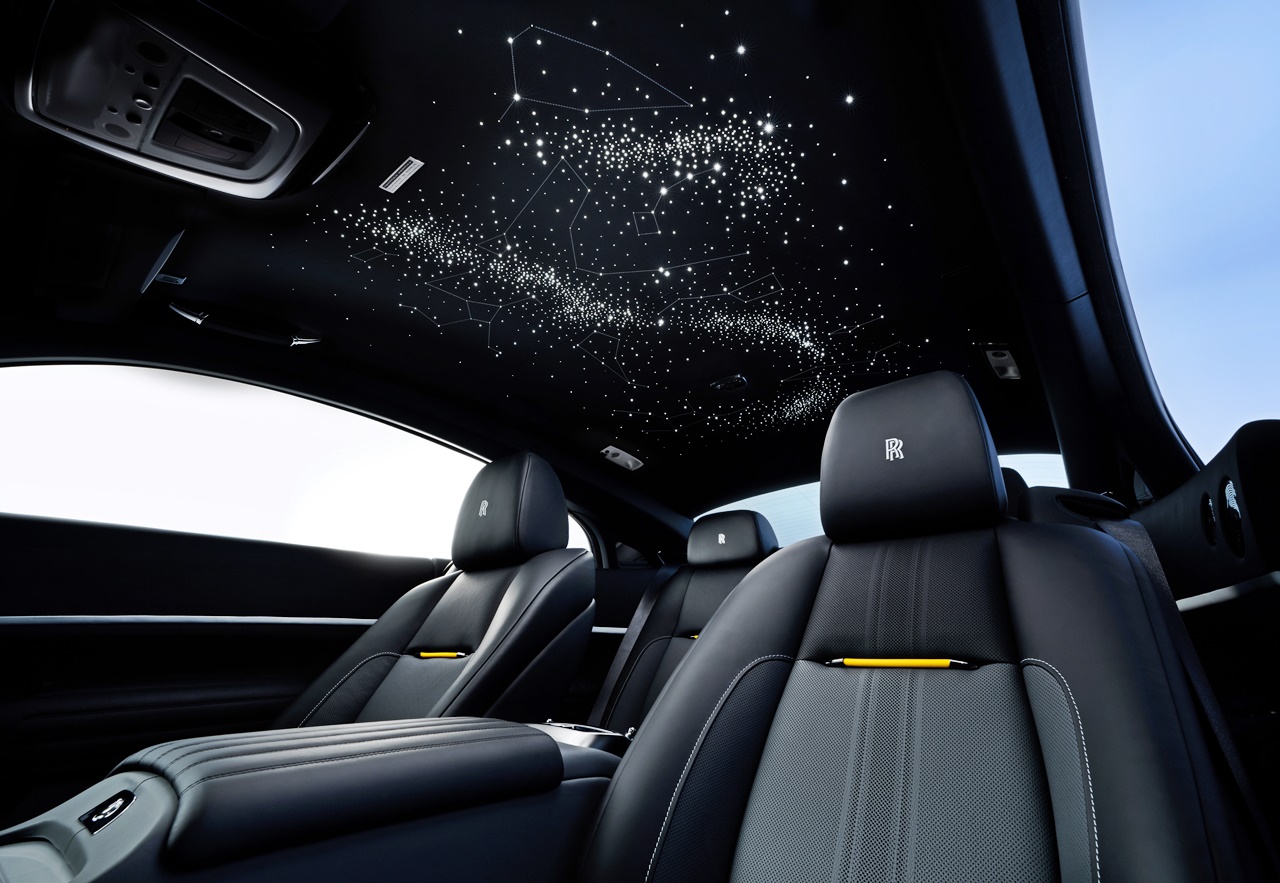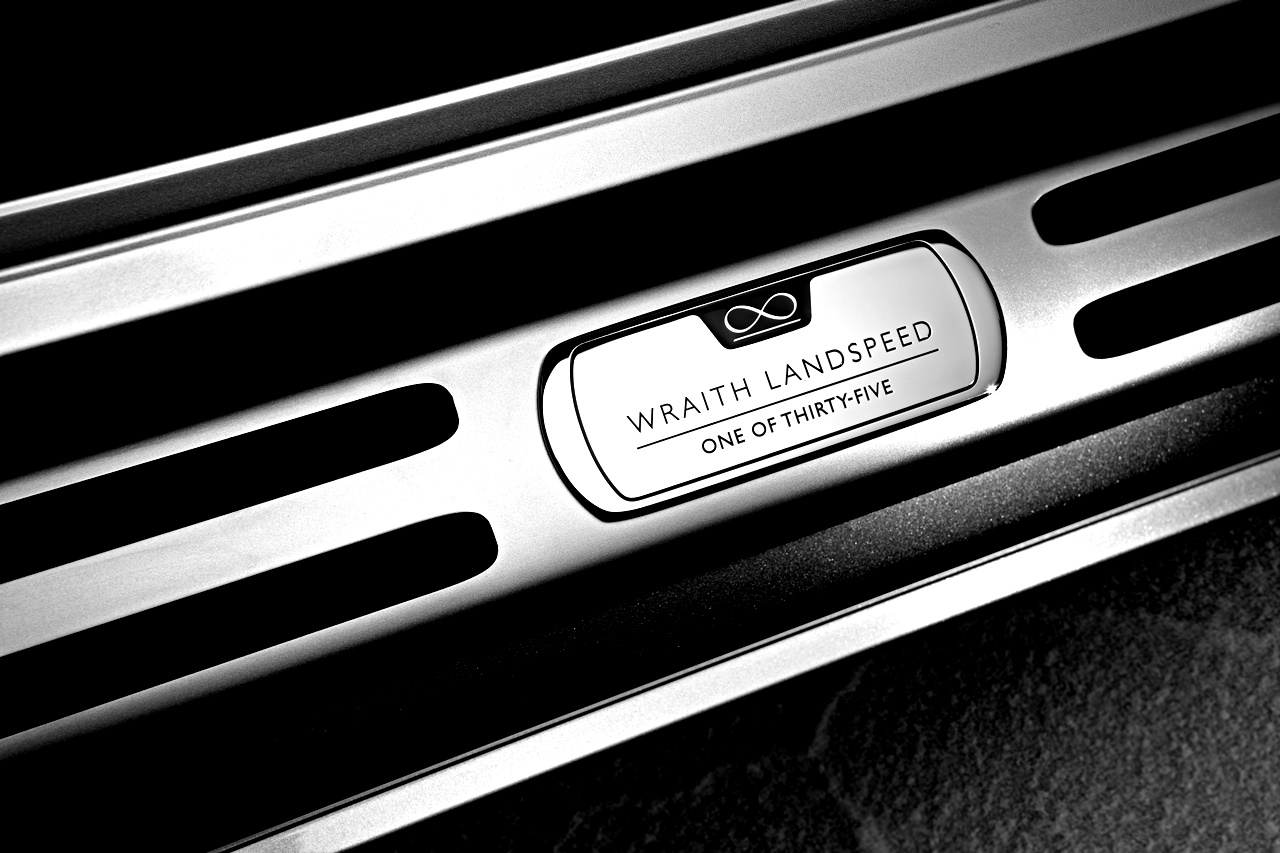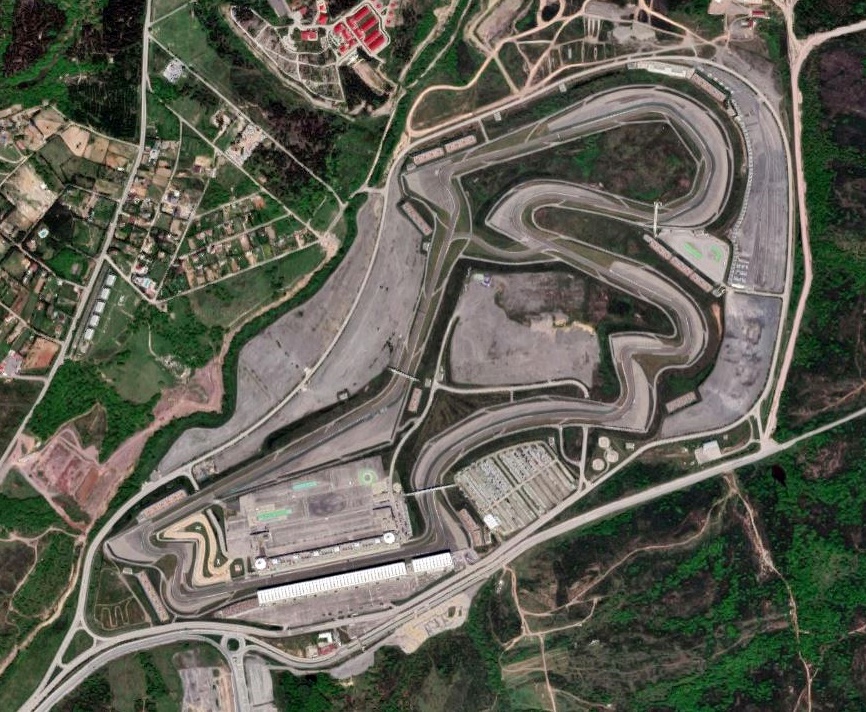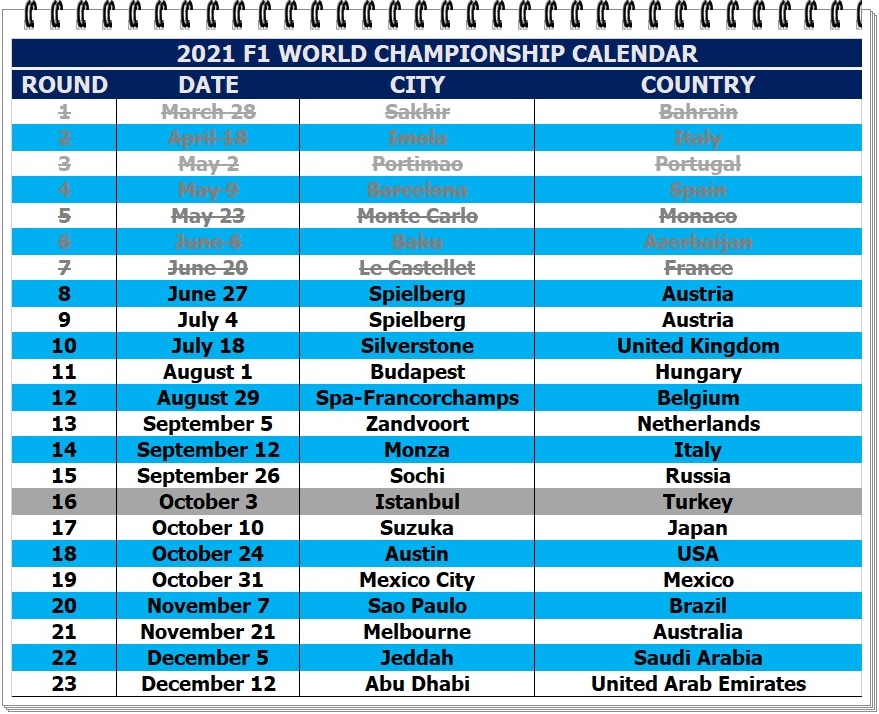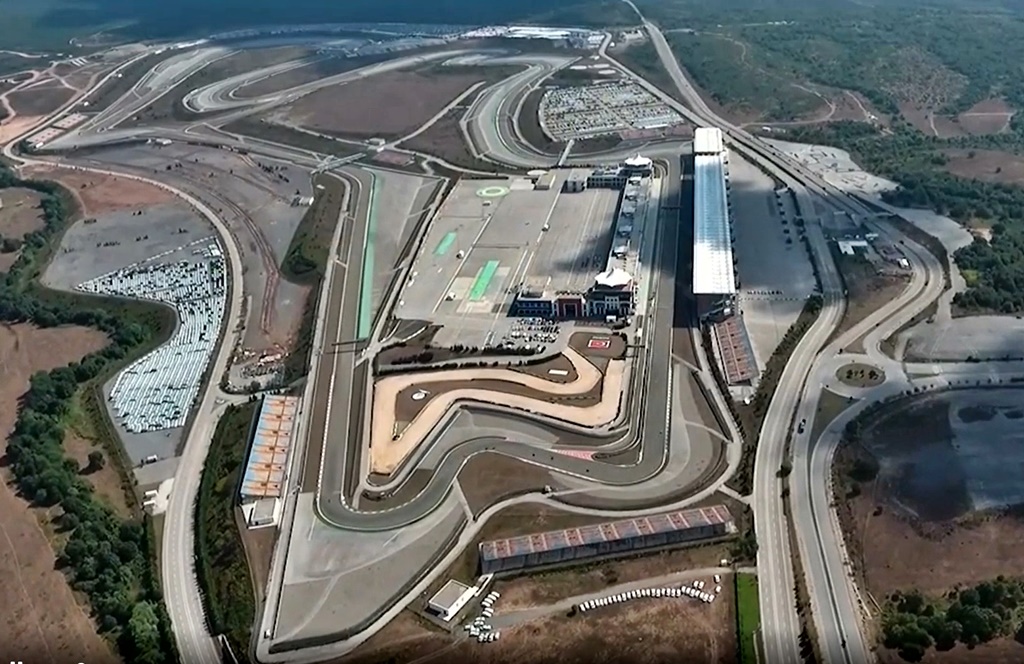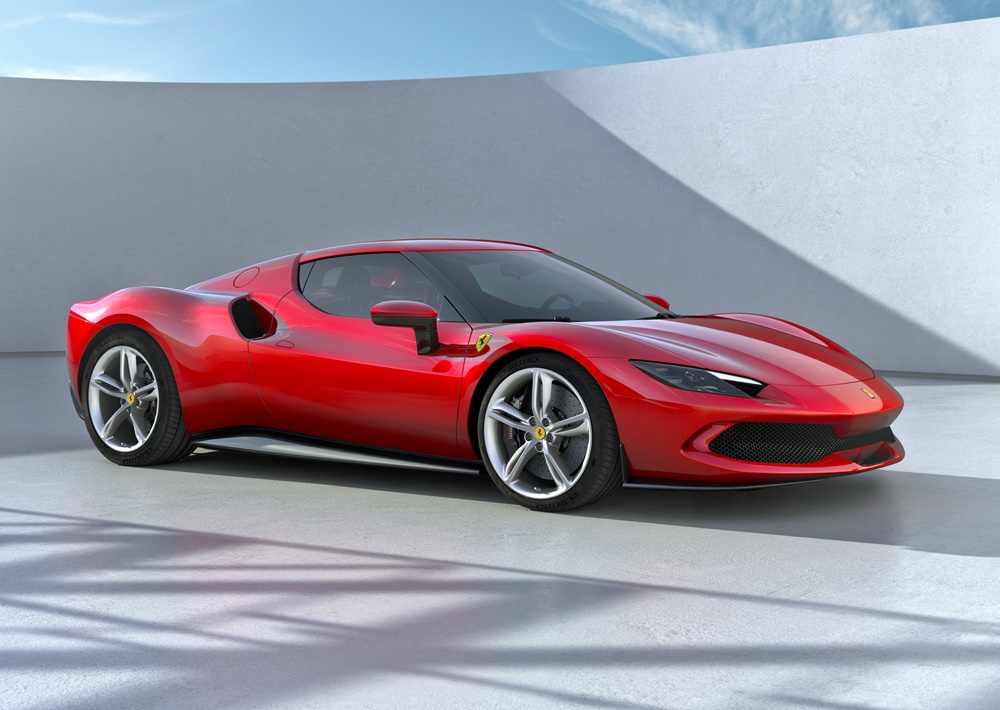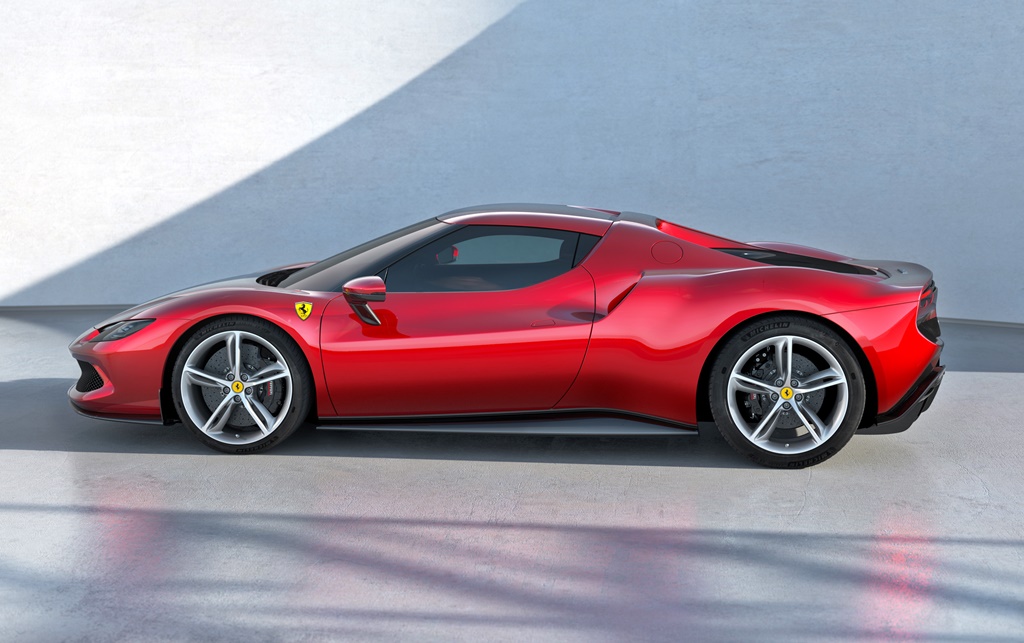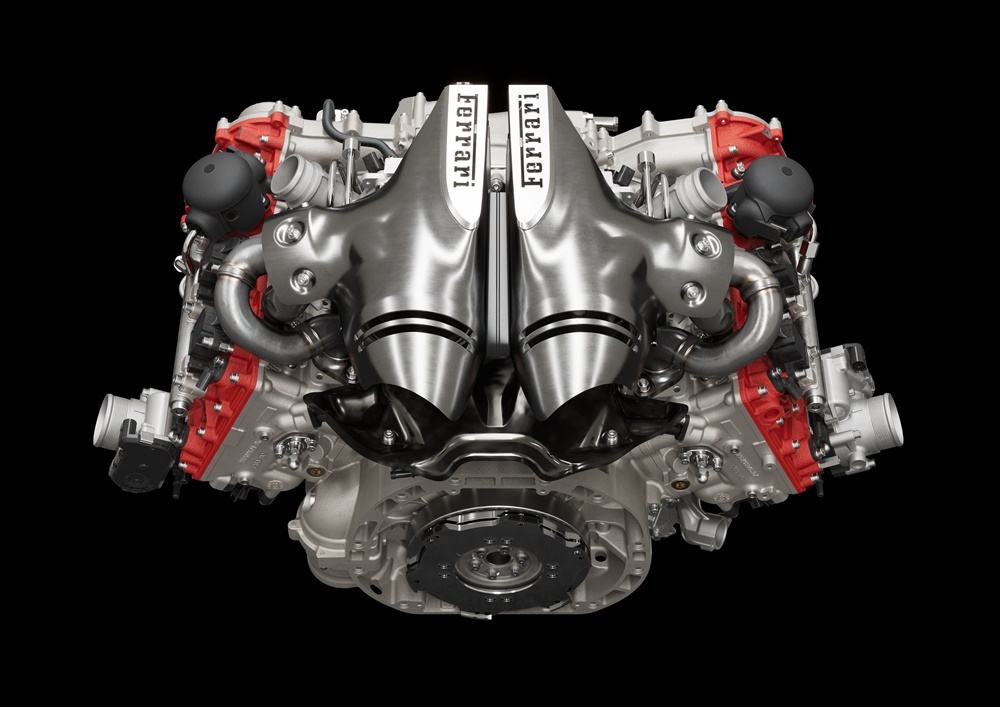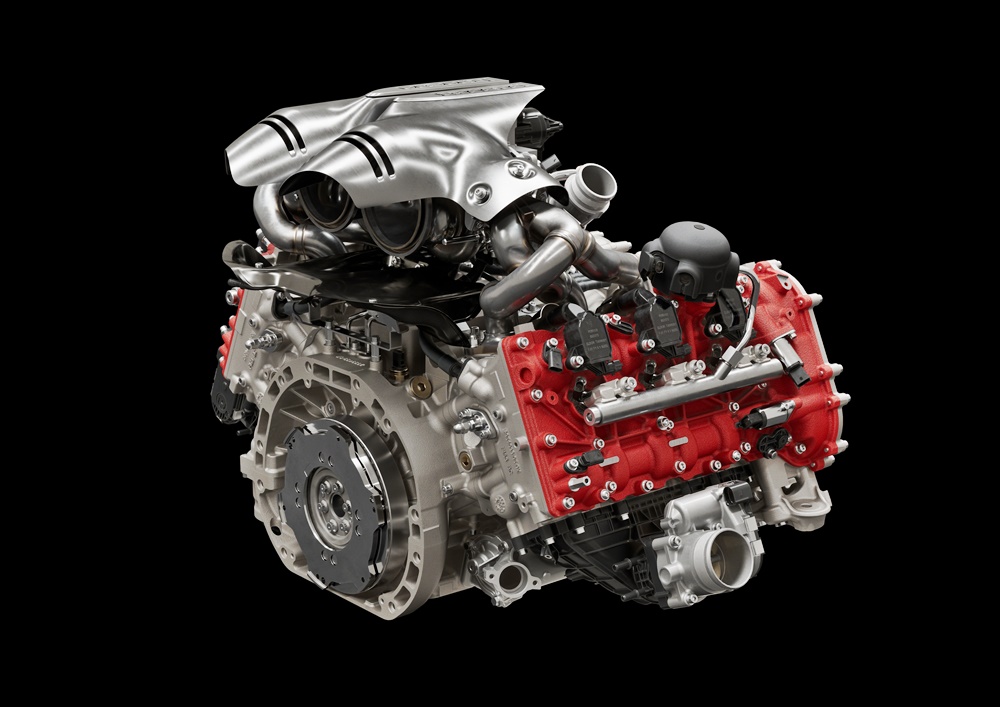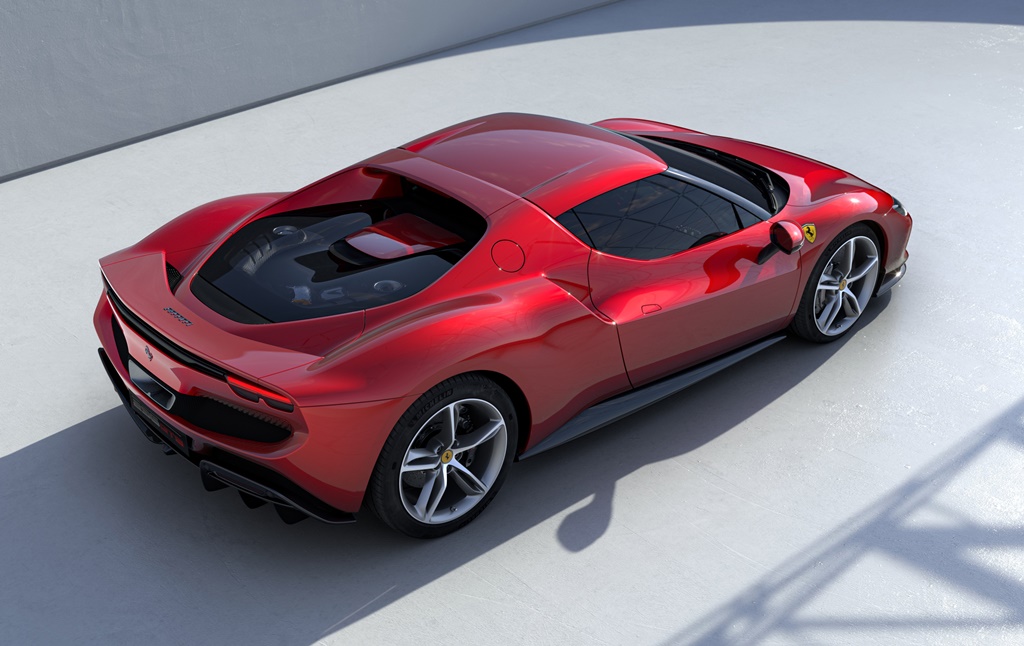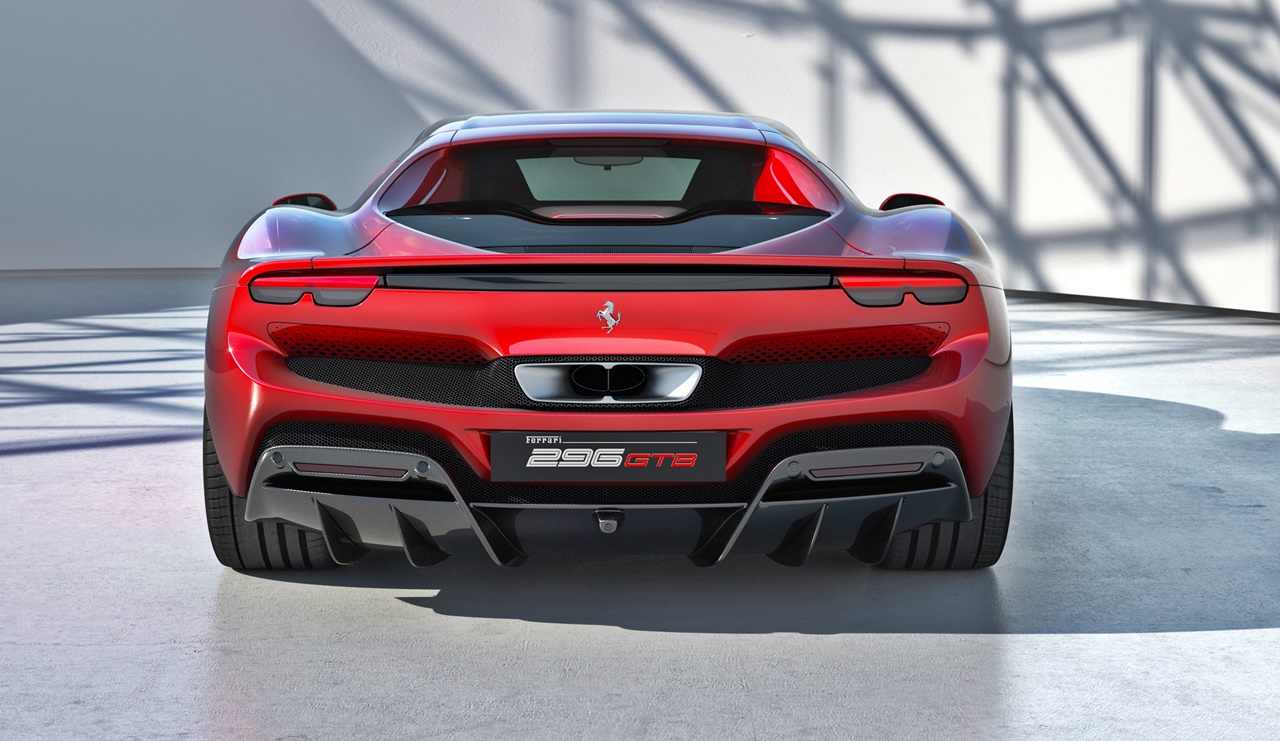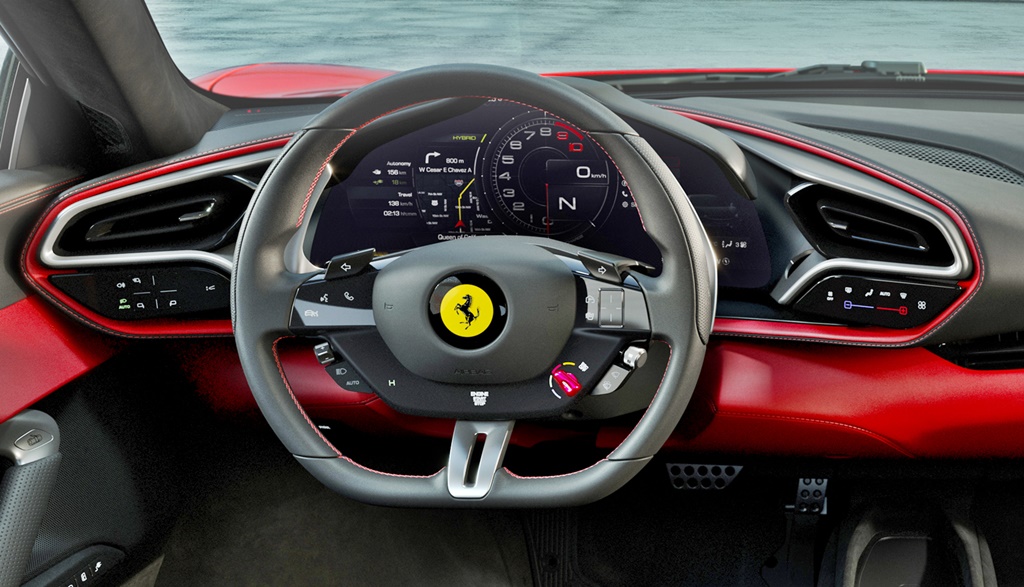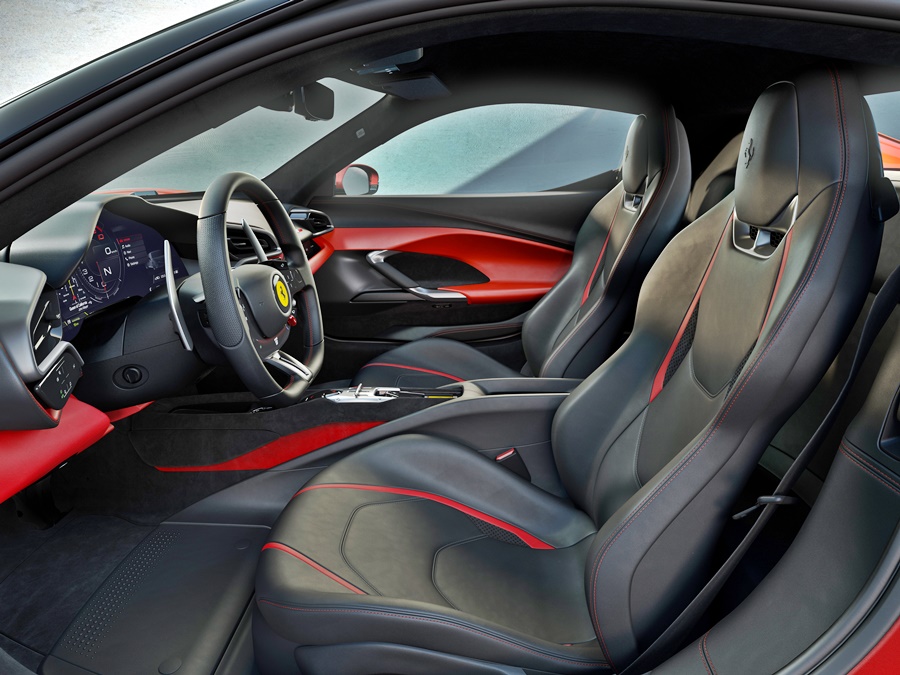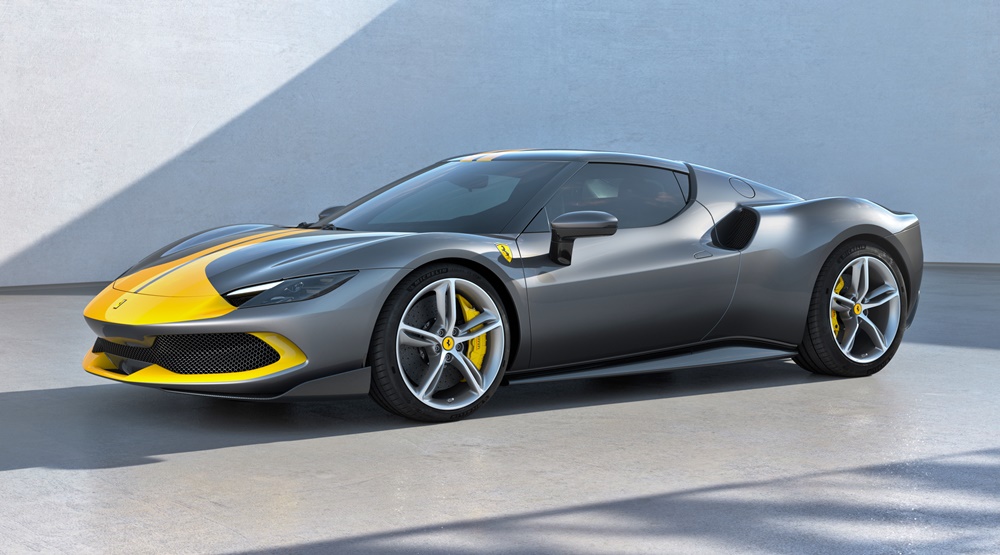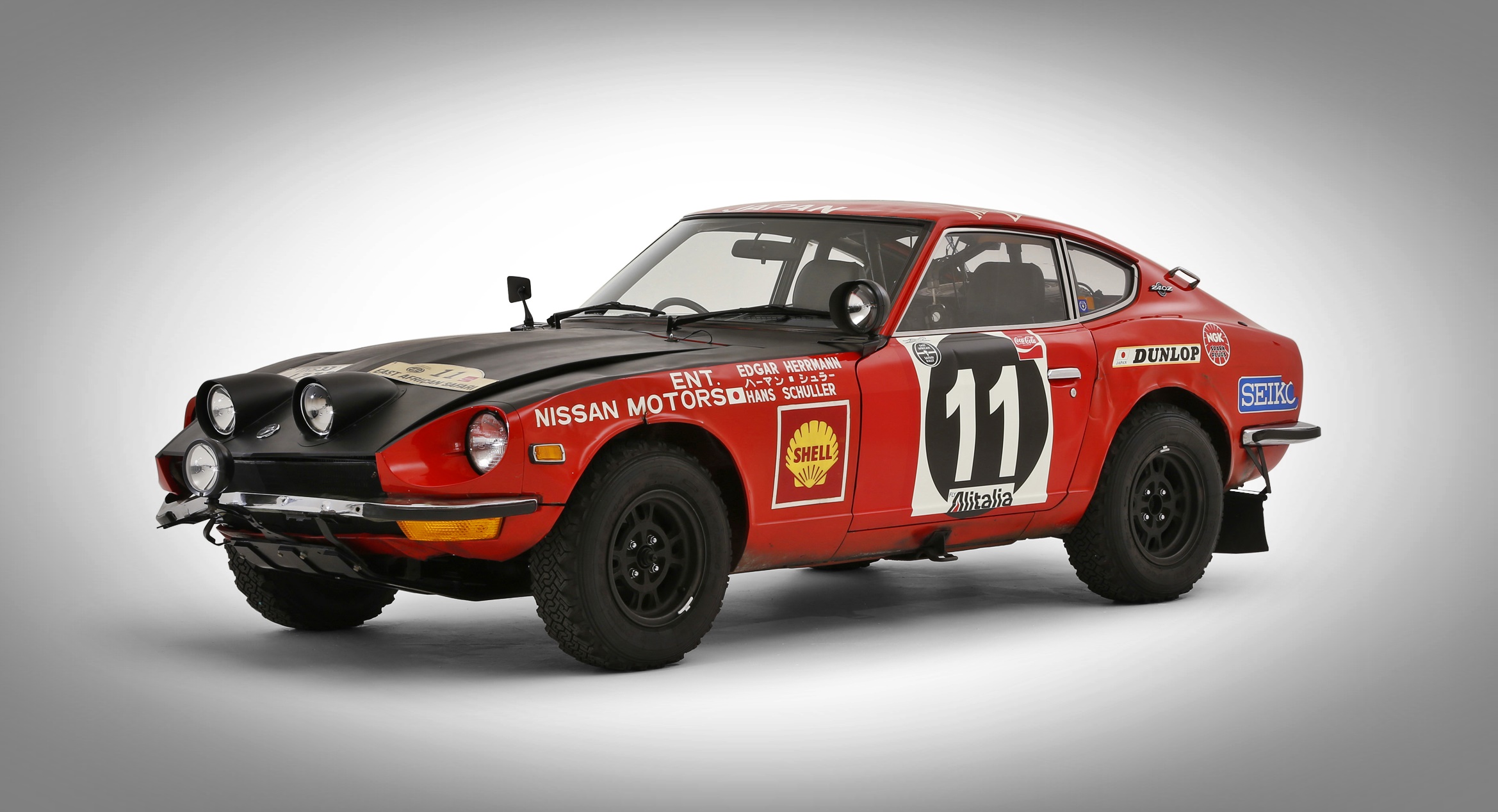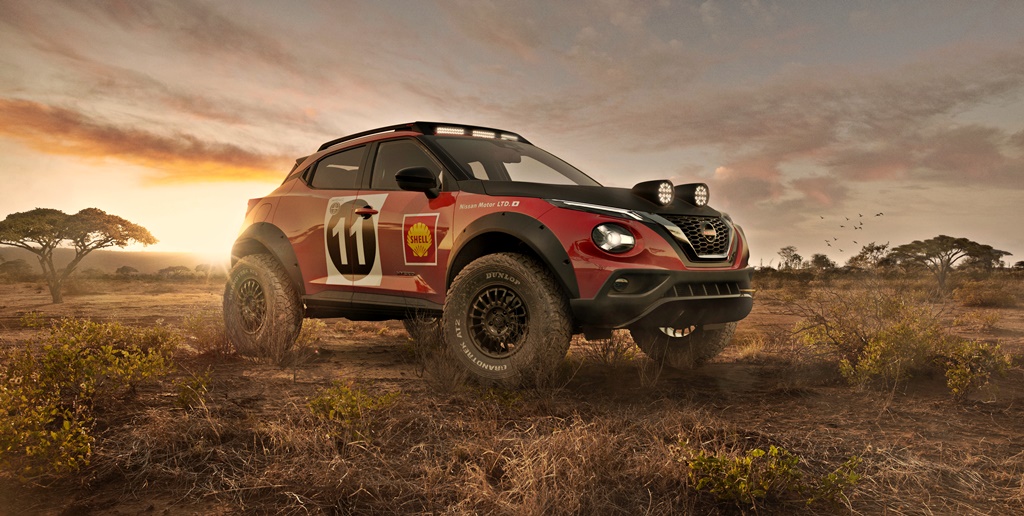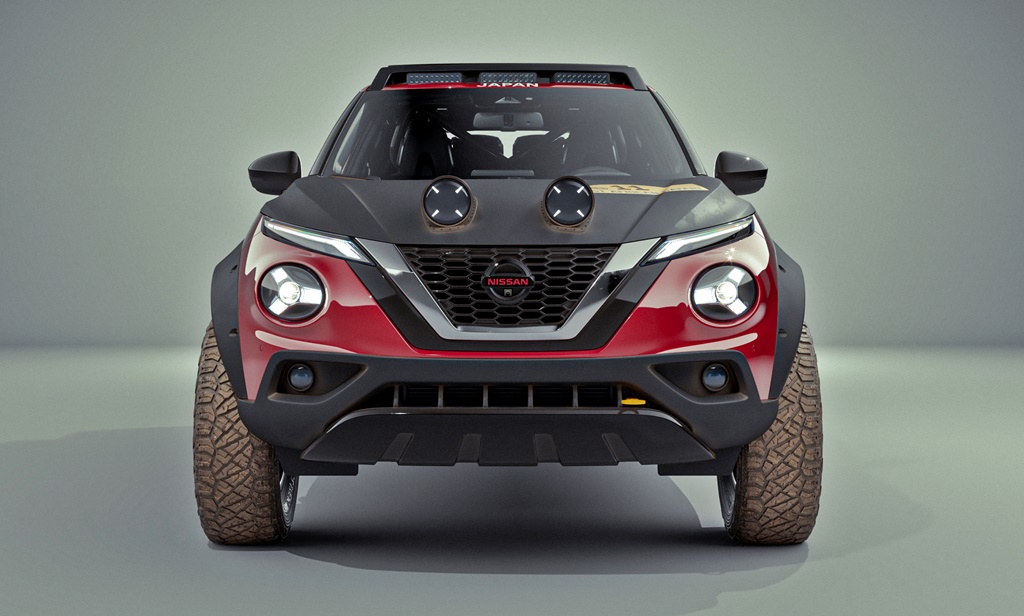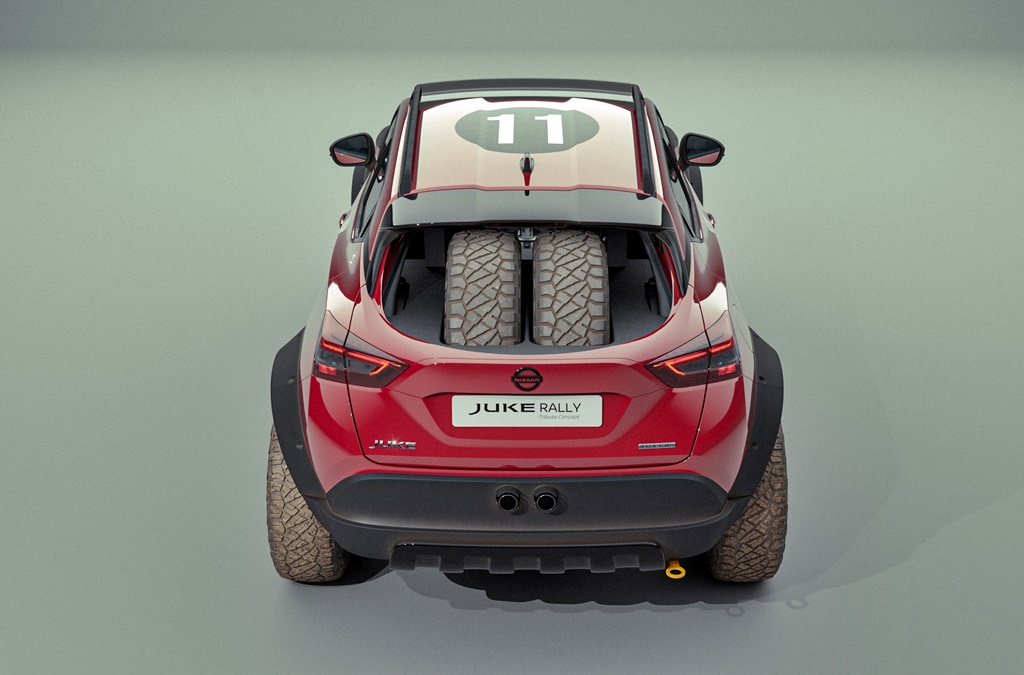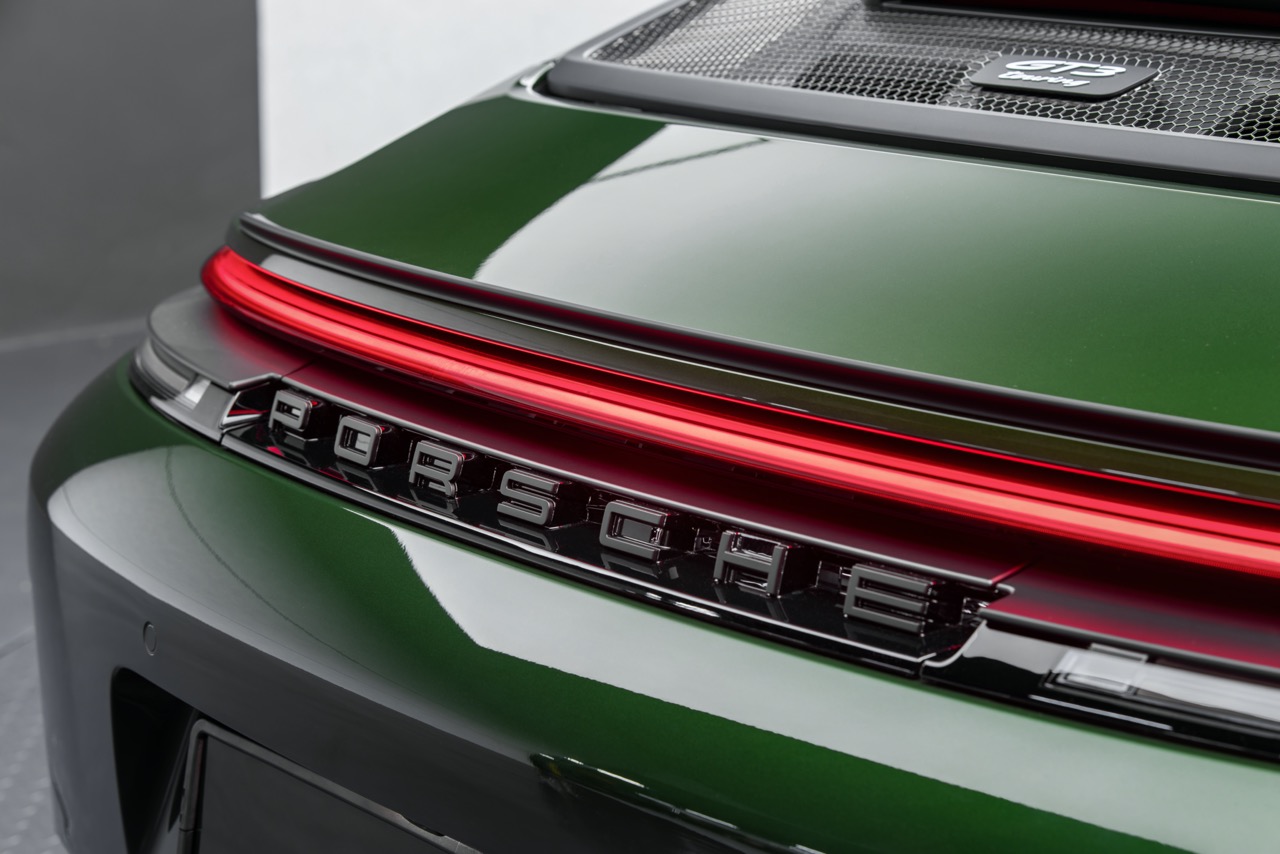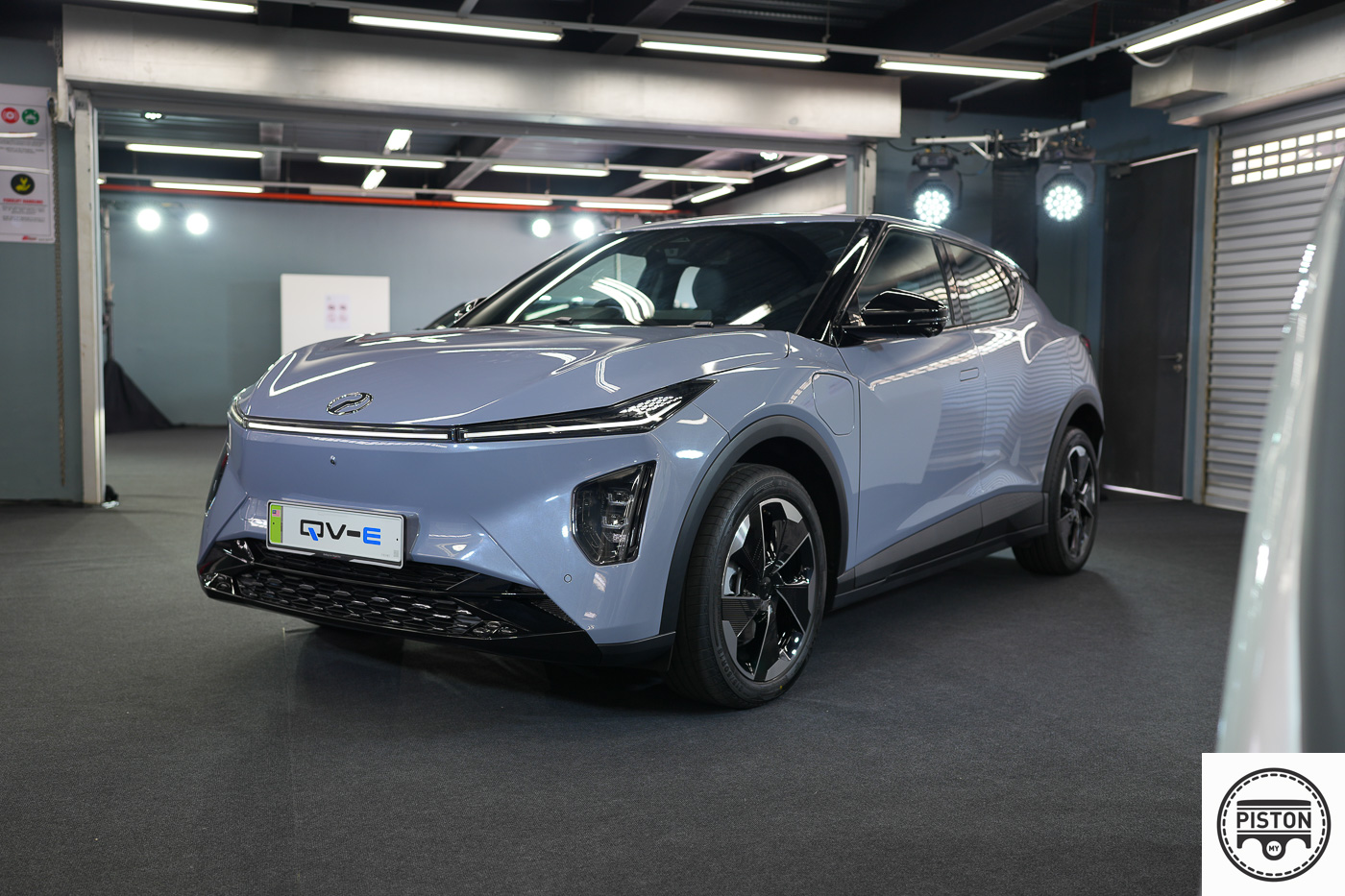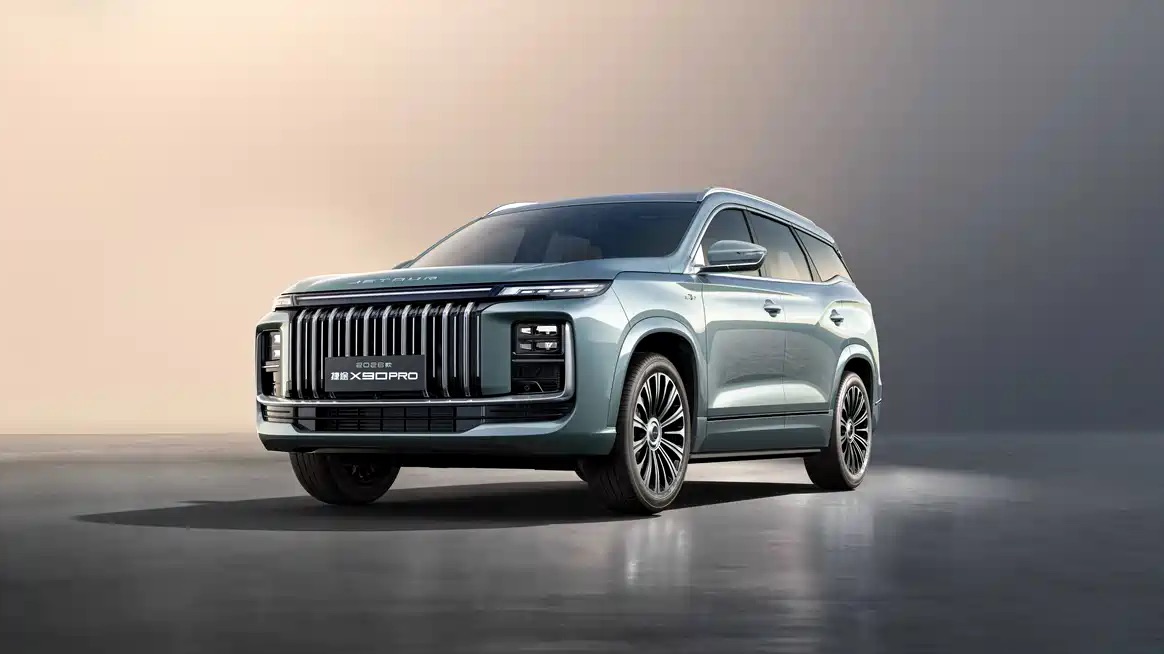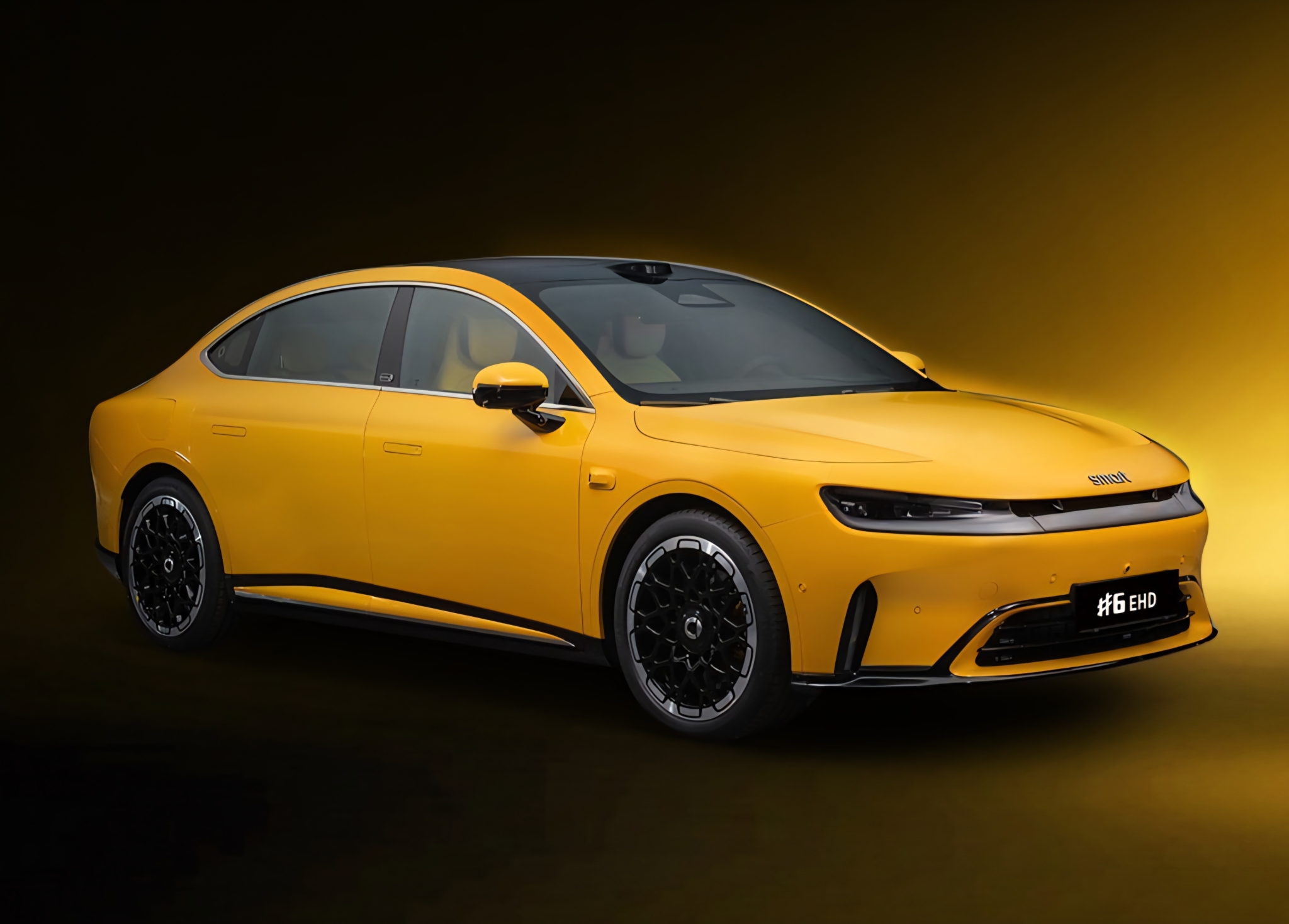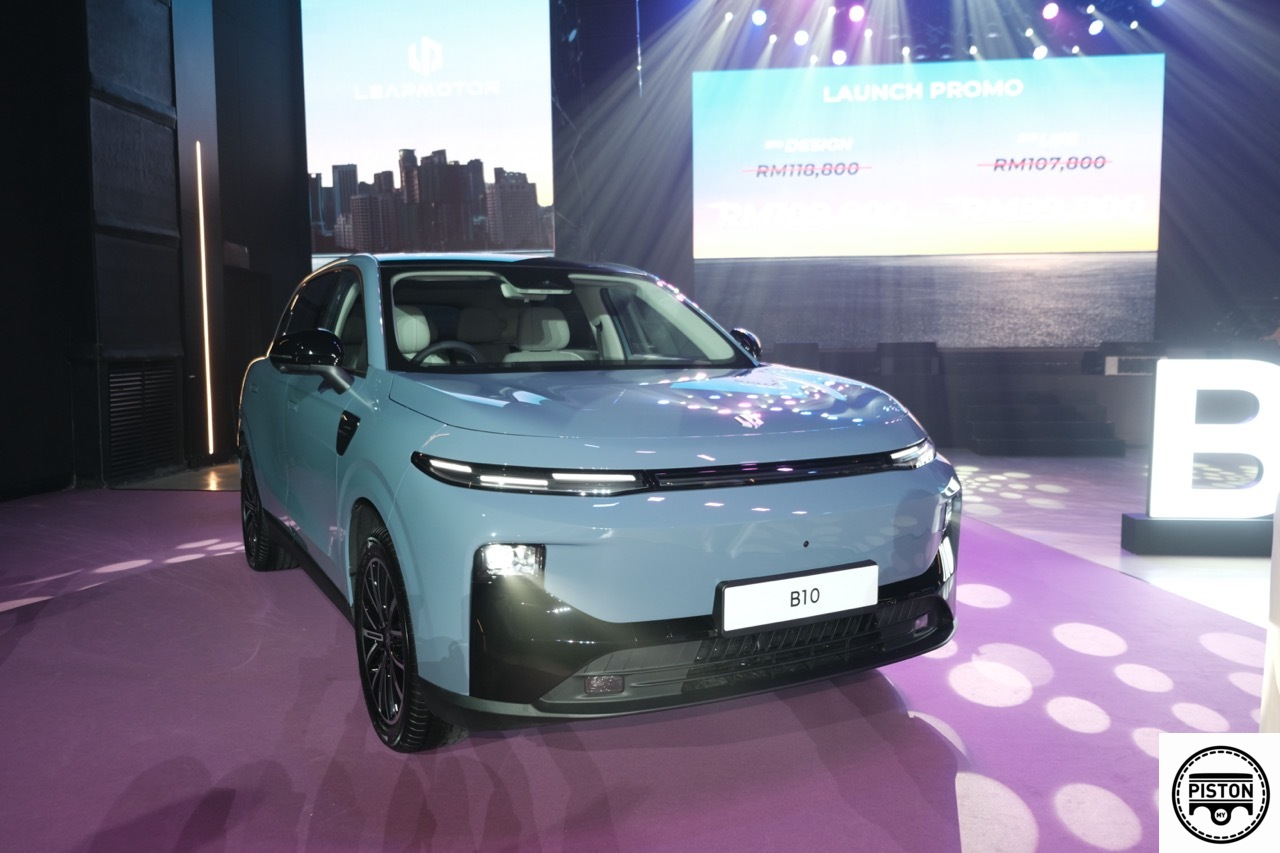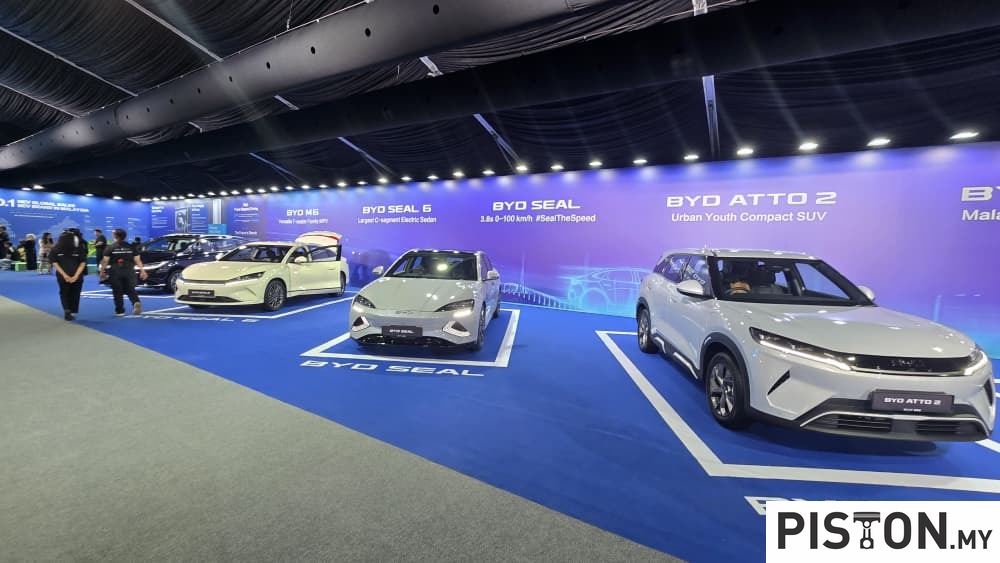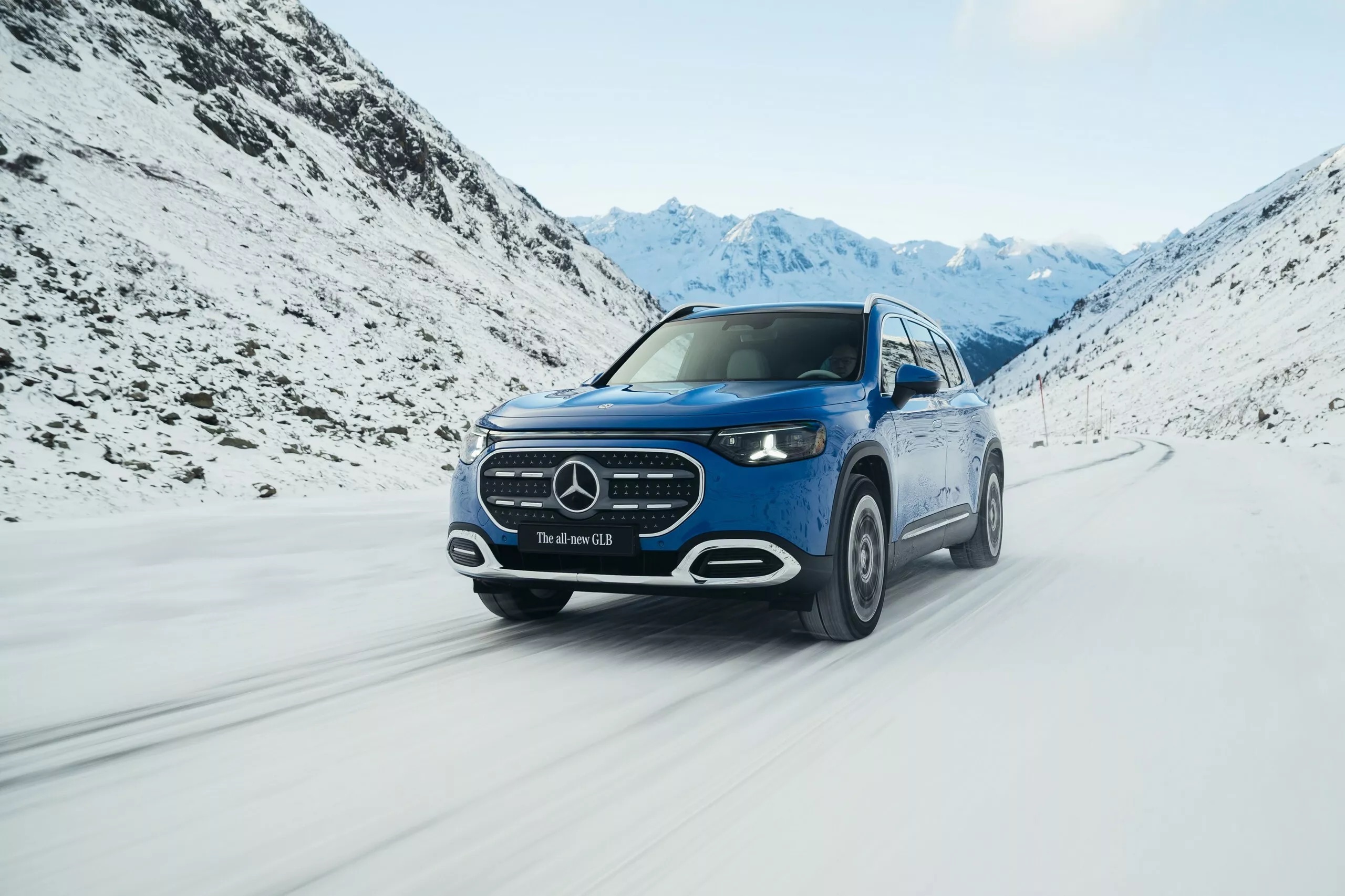Race starts at 3 pm in Austria/9 pm in Malaysia
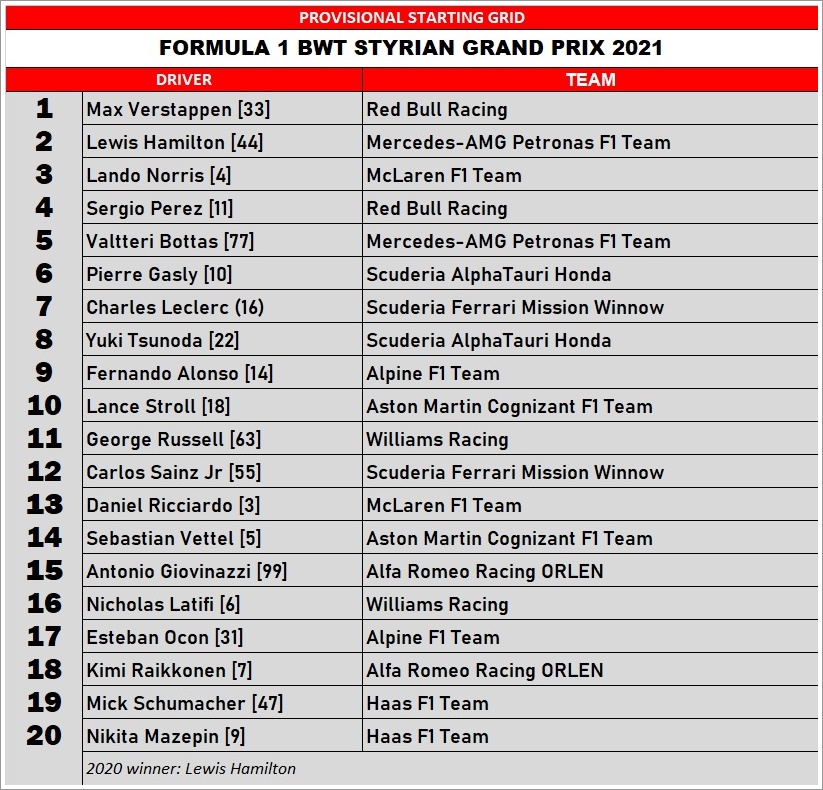
Last year, as the COVID-19 pandemic swept across Europe, virtually all public activities had to be stopped. This included motorsports and the 2020 Formula 1 World Championship never even got a chance to start as the season-opener in Australia had to be cancelled at the last moment as the government decided that the crowds would be a health risk.
The cancellation of the first round led to the rest of the calendar having to be revised, but only after the situation was clearer in the second half of the year. Finally, when the organizers could get venues that would permit racing, the calendar had to be compressed into 6 months which was quite a strain on the teams. After a delay of almost 16 weeks, the 2020 championship finally started on July 5 with the Austrian Grand Prix at the Red Bull Ring in Spielberg, Austria, followed by the Styrian Grand Prix at the same circuit the following weekend.
Strict procedures were established and enforced, with a limited number of participants allowed into the circuit – and no spectators. ‘Bubbles’ were created for each team, and interaction was kept to a minimum and of course, measures like wearing face masks and social distancing were adopted. These measures continue to be enforced this year although some circuits have allowed a limited number of spectators to attend.
Second running of Styrian Grand Prix
This weekend sees the Red Bull Ring being used for the eighth round of the championship and like last year, it will again be used the following weekend for the ninth round. The difference is that this round is known as the Styrian Grand Prix (named after the region the circuit is located in) and the following one will be the Austrian Grand Prix. This is only the second time that there has been a Styrian GP.
The Red Bull Ring was originally known as the Osterreichring and hosted the Austrian Grand Prix continuously from 1970 to 1987, as well as from 1997 to 2003. It was later bought over by Red Bull’s co-founder Dietrich Mateschitz and, after being renovated, renamed as the Red Bull Ring in 2013. From 2014, F1 rounds were held at the track as the Austrian GP.
The teams are therefore familiar with the circuit which has the shortest lap (less than 64 seconds) in the regular F1 calendar. However, while the Red Bull Ring has the quickest lap time, the track length of 4.318 kms is only fifth shortest, behind Brazil, Mexico, the Netherlands and Monaco.
While many F1 tracks are cut into hillsides, few can compare to the Red Bull Ring for elevation change. From the lowest point to the highest point around the circuit, the change in elevation is 63.5 metres.
High risk of bodywork damage
Mercedes-AMG’s Toto Wolff describes the track as ‘one of the most aggressive’ when it comes to the shape, depth and spacing of the kerbs. The high ‘sausage kerbs’ on the corner exits are also aggressive, so therefore it’s one of the harshest on the car’s suspension. “Because of the aggressive nature of the kerbs at the Red Bull Ring, the risk of bodywork damage is high, and we often see drivers picking up damage in practice as they push the limits of the track,” he said.
The track has a high amount of track warp, where the banking of the track changes from one side to the other, with Turn 3 being one example. Here, the track drops towards the apex, with the racing car passing over the crest of the hill, whilst picking up power on exit. This causes the car to lift a wheel, which can lead to struggles with braking, stability and traction.
Medium level of difficulty for brakes
According to Brembo engineers, the Red Bull Ring has a medium level of difficulty for brakes. On a scale of one to five, it earned a three on the difficulty index, matching the score of other tracks such as Budapest and Zandvoort.
At turns 2, 5 and 8, the drivers do not need to use the brakes. On average, over an entire lap, the braking system is active for 10+ seconds. Only Imola has recorded a lower value, despite having 8 braking sections compared to 7 at the Red Bull Ring. From the start to the finish of the race, the drivers will use the brakes for no more than 12 minutes, or 16% of the race and the load on the pedal will be more than 100 kgs their weight.
Pirelli doesn’t consider this track especially demanding on tyres, which makes it possible for the softest tyres in the range to be used. “Once again after last year Austria hosts a back-to-back race, which means that the teams have plenty of data on this track and recent experience of how to deal with its particular challenges and tactics,” said Mario Isola – Head of F1 and Car Racing at Pirelli. “However, having two different tyre nominations is a first for the Red Bull Ring, so it’s going to be interesting to see how the teams get to grips with the softest C5 tyres for the second race weekend – and how the new selection influences strategy.”
Pirelli, in agreement with the FIA, Formula 1 and the teams, has also tested a new rear construction of tyre in free practice yesterday to evaluate its effectiveness to further improve robustness of the tyres. Each car was given two sets of the new tyres during the free practice sessions. If the test results are successful, the new rear specification will be introduced from the British Grand Prix onwards, replacing the current specification. With this new structure, Pirelli says it can provide a tyre that can guarantee even greater levels of integrity under the extreme conditions that can be generated by the current cars.


